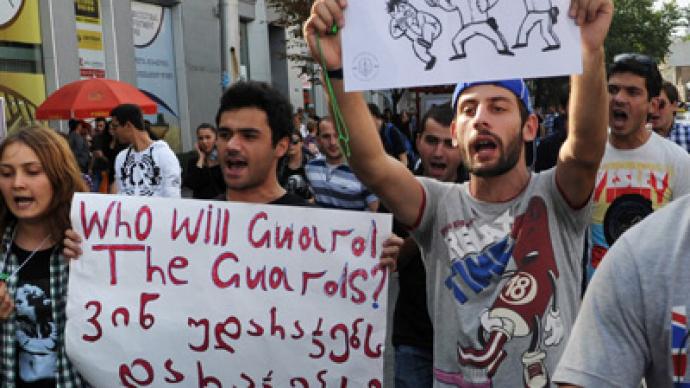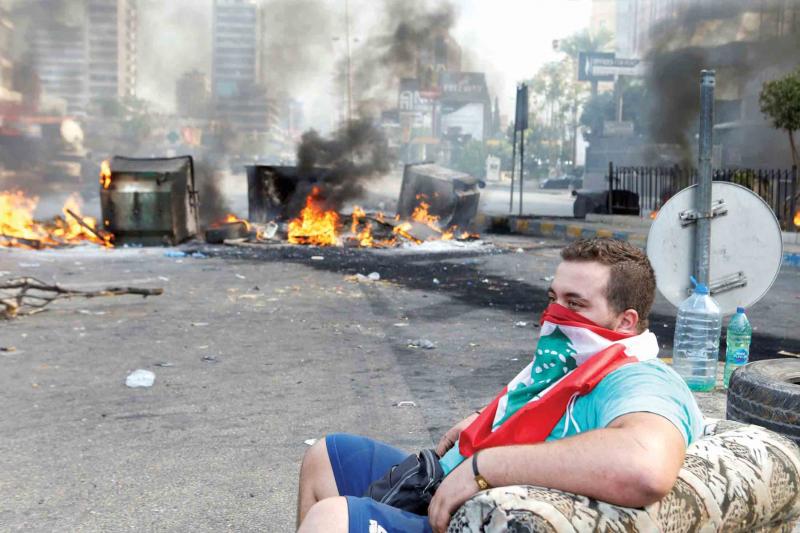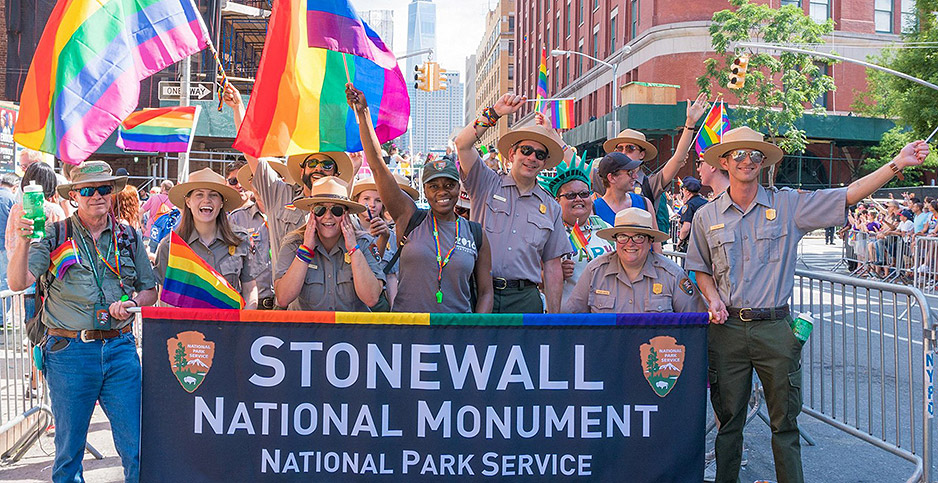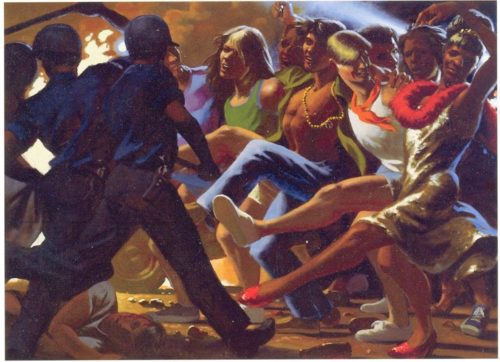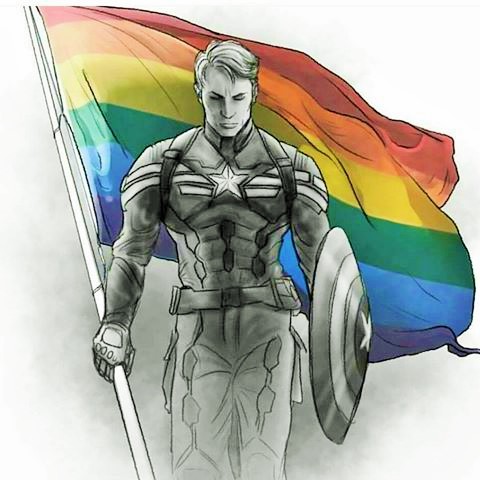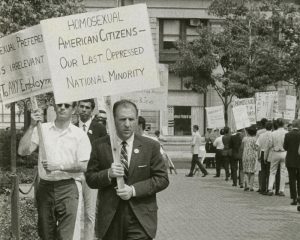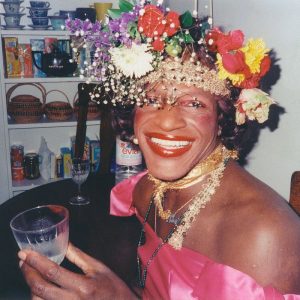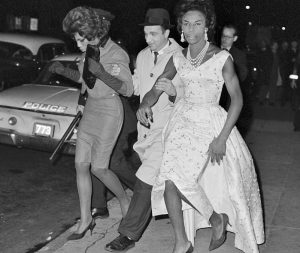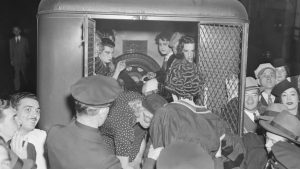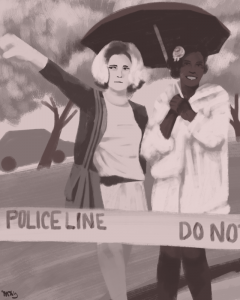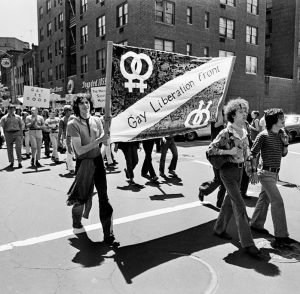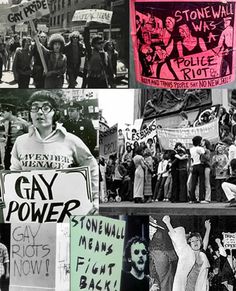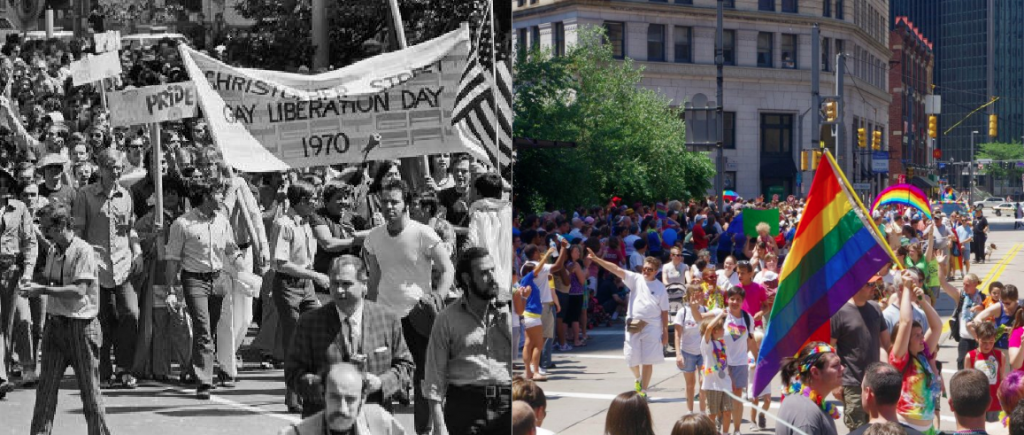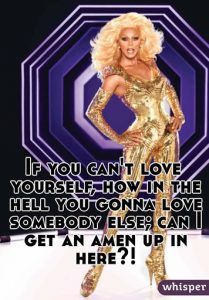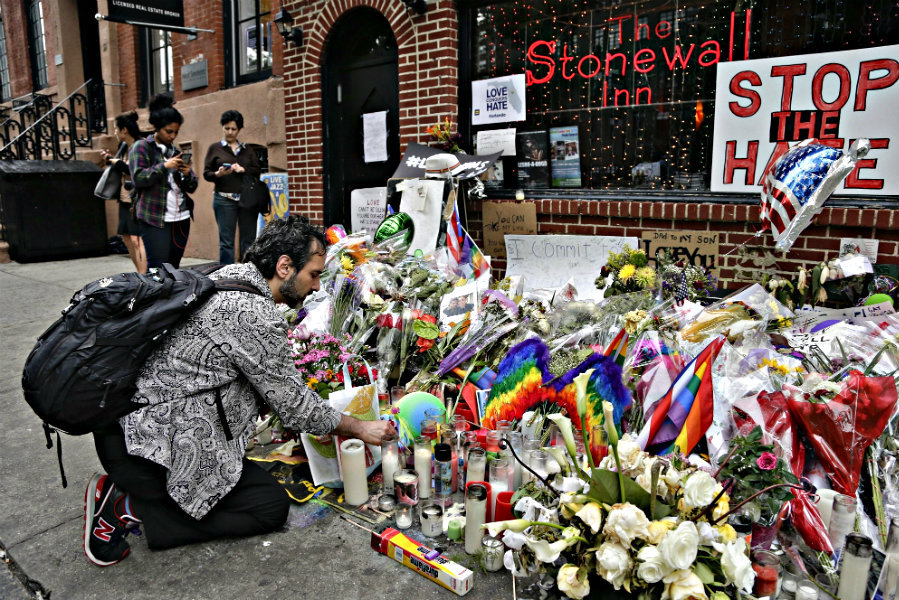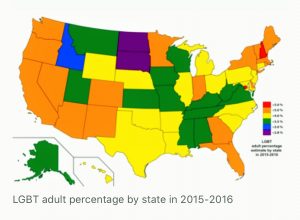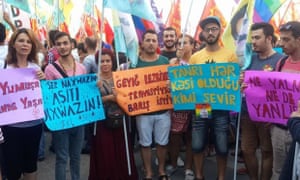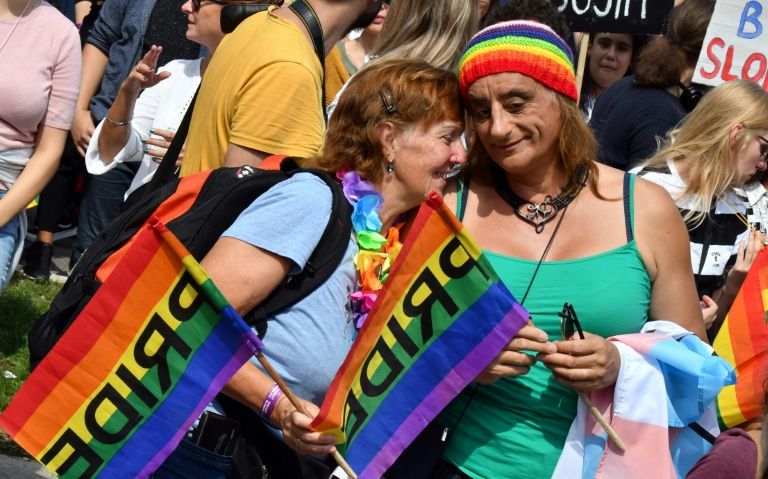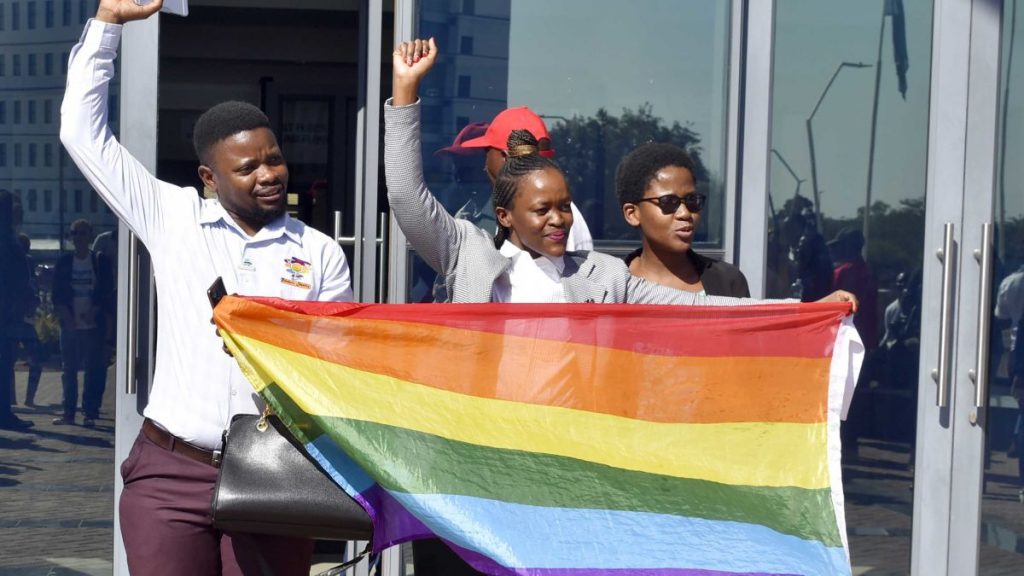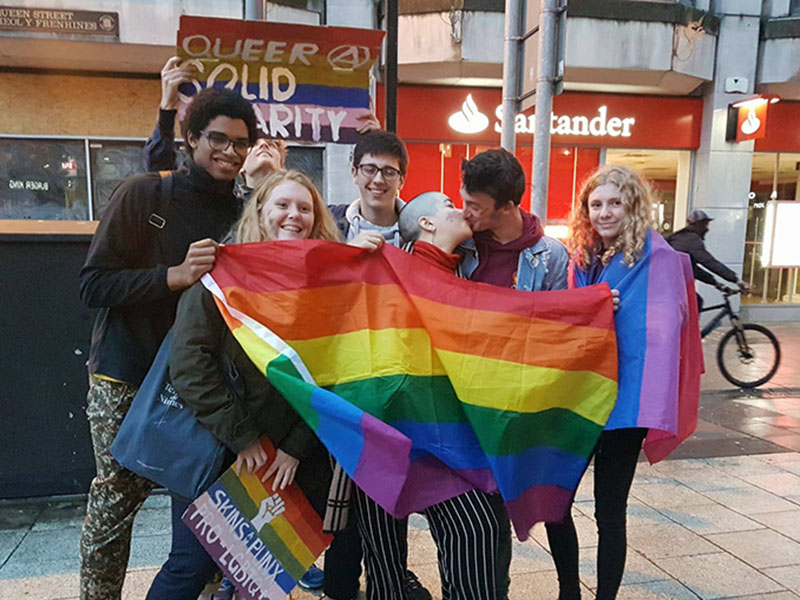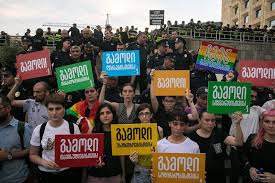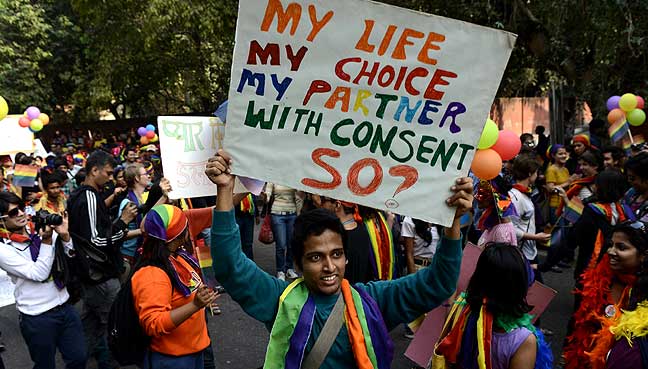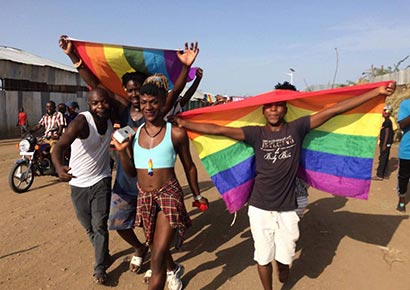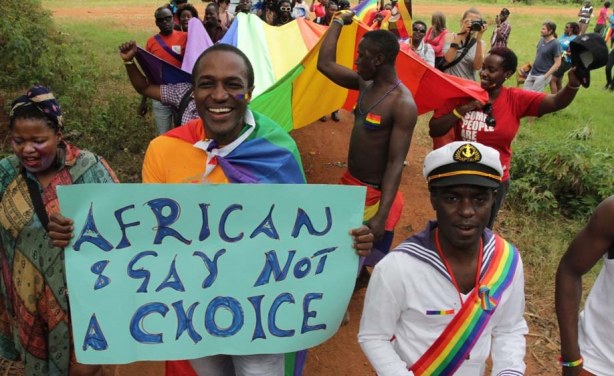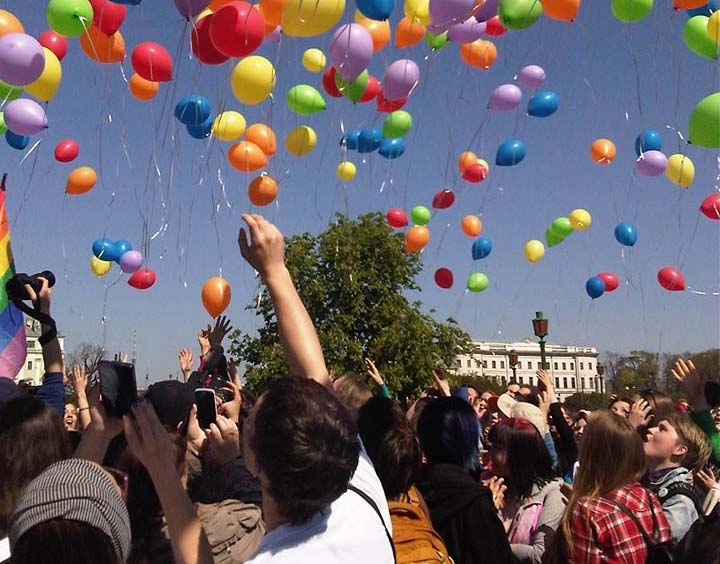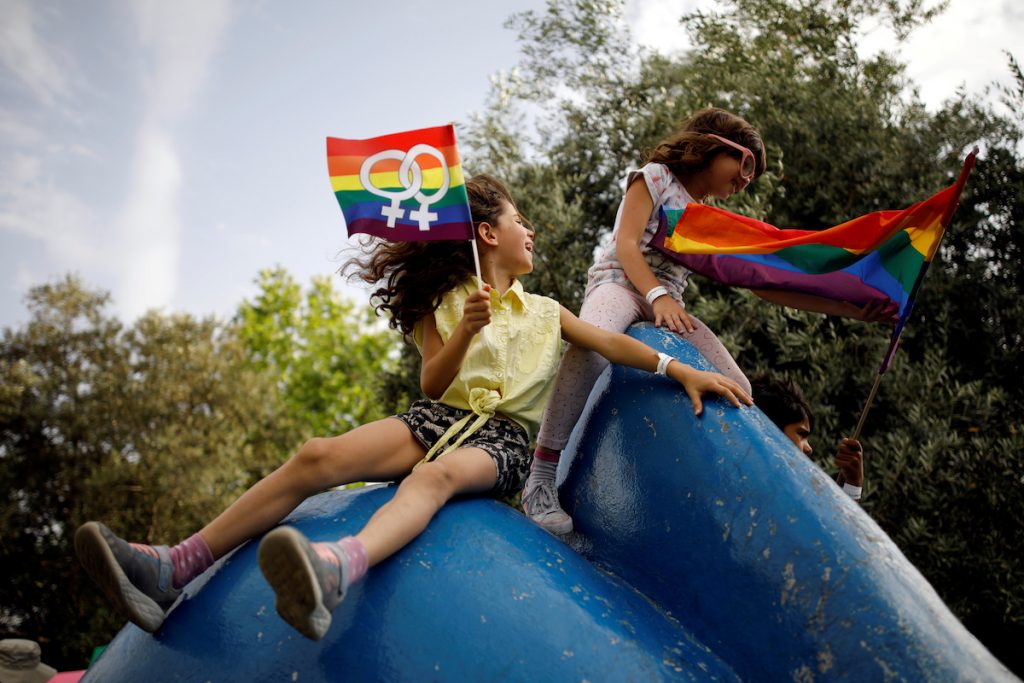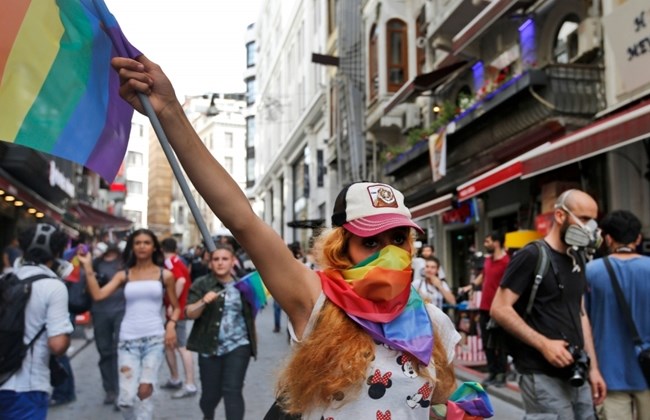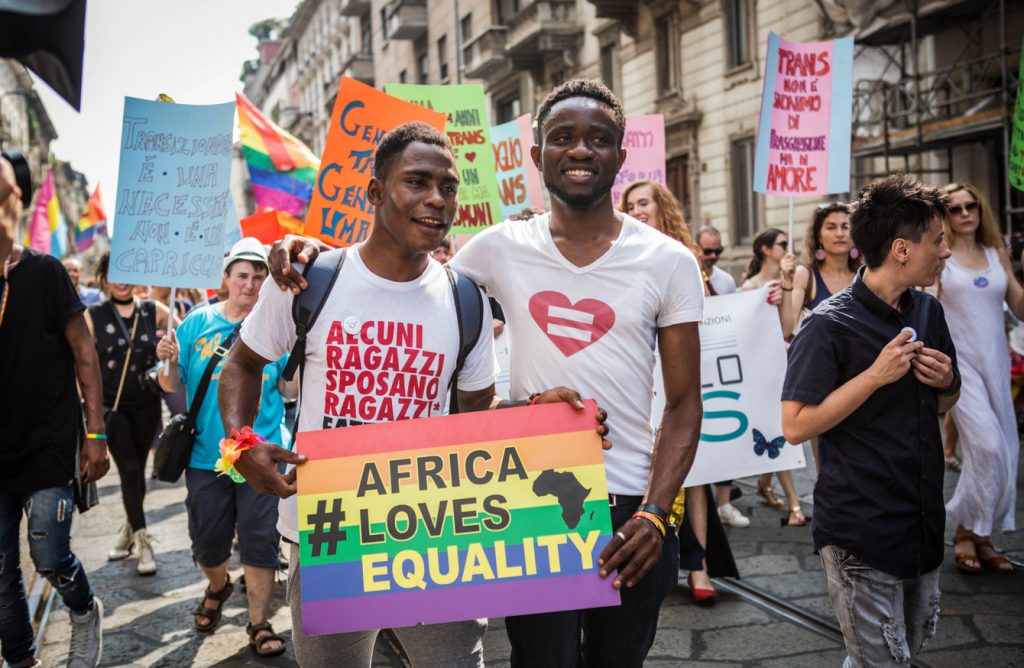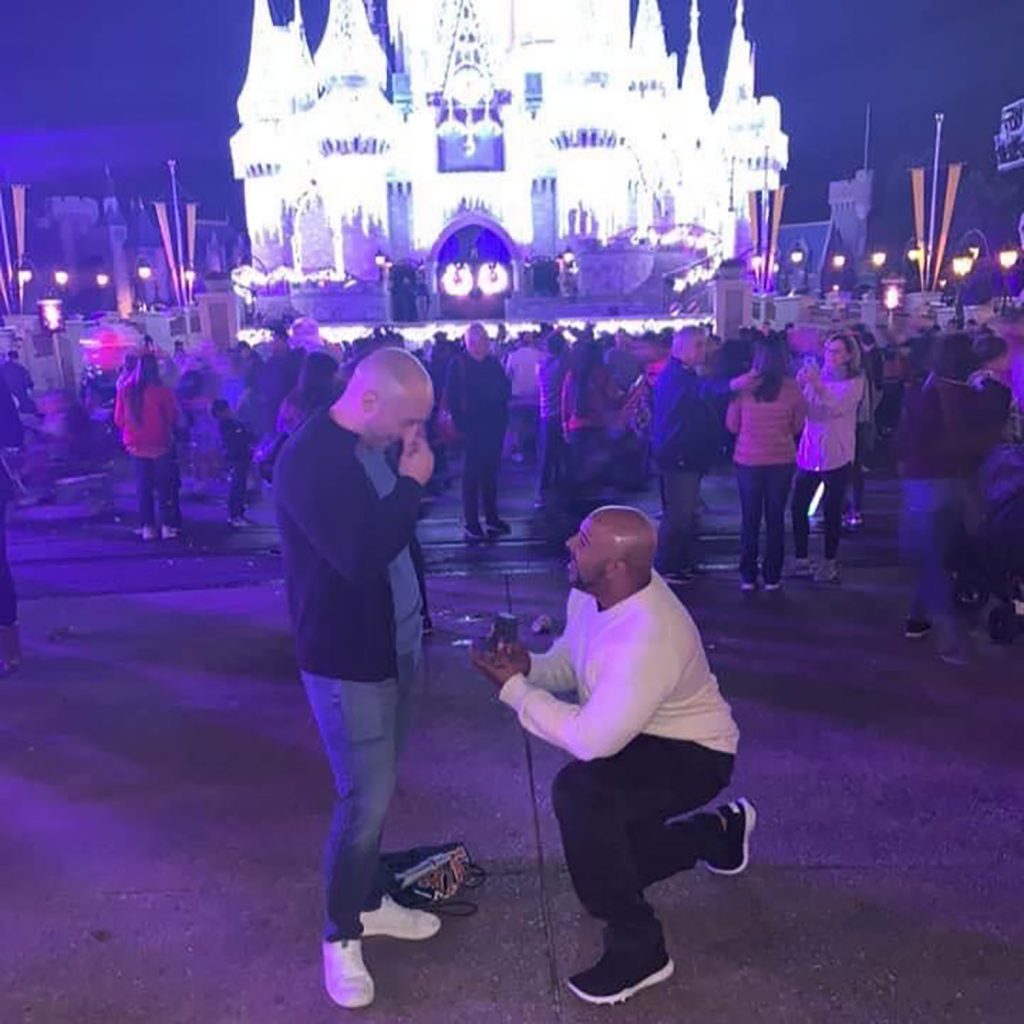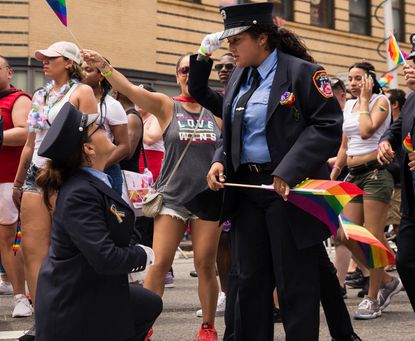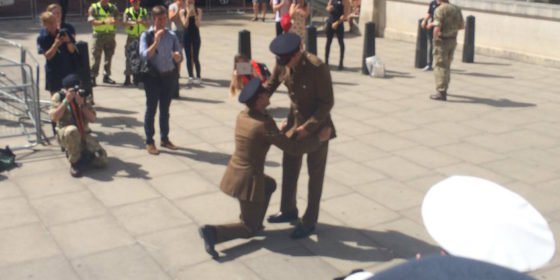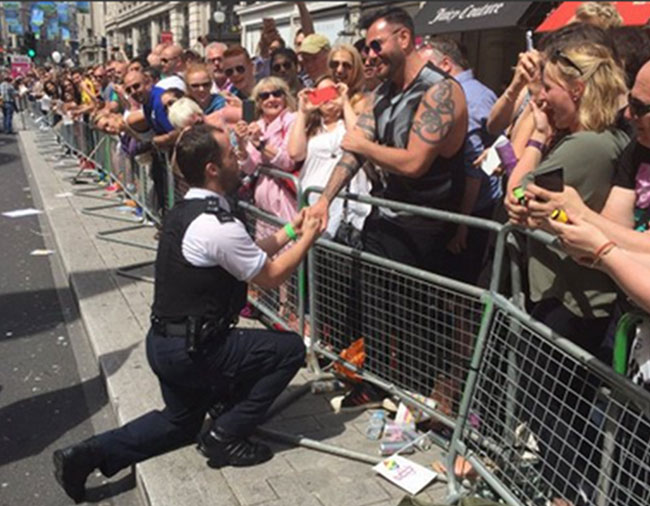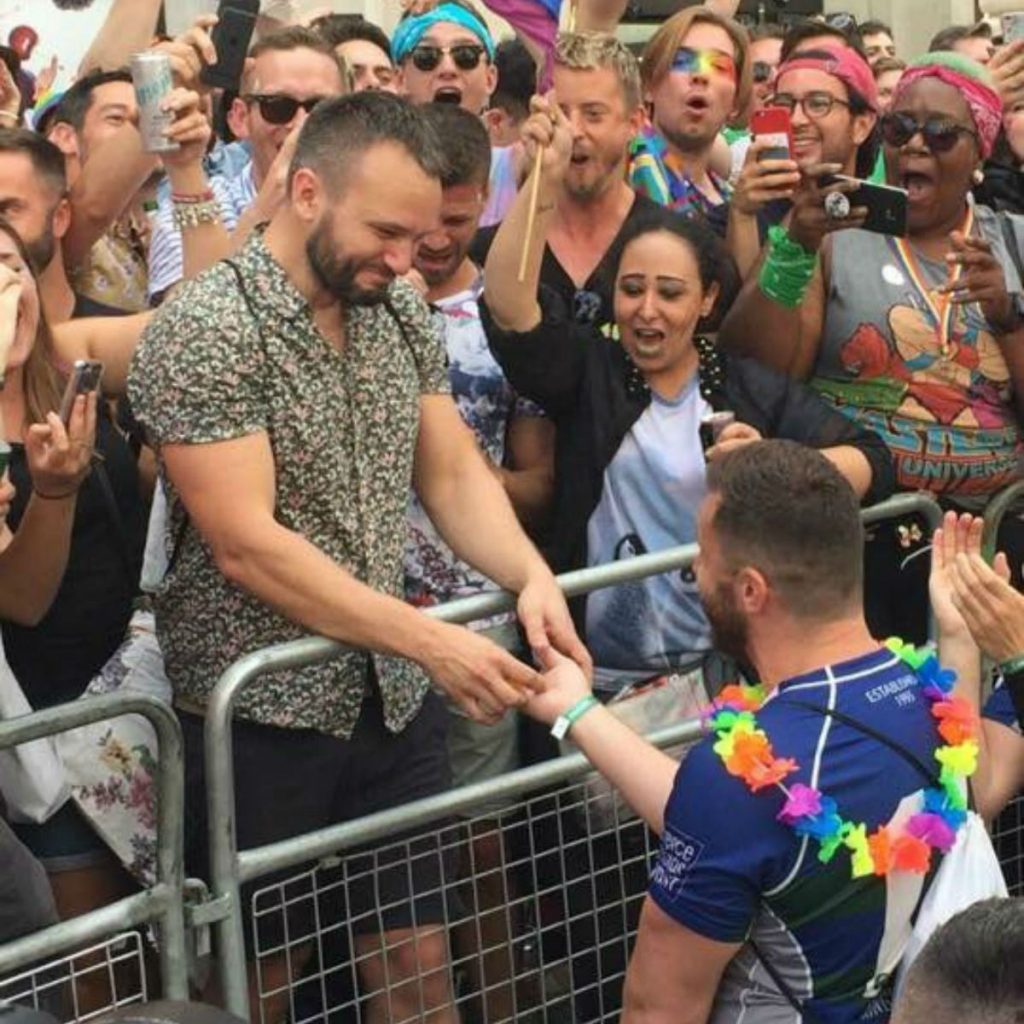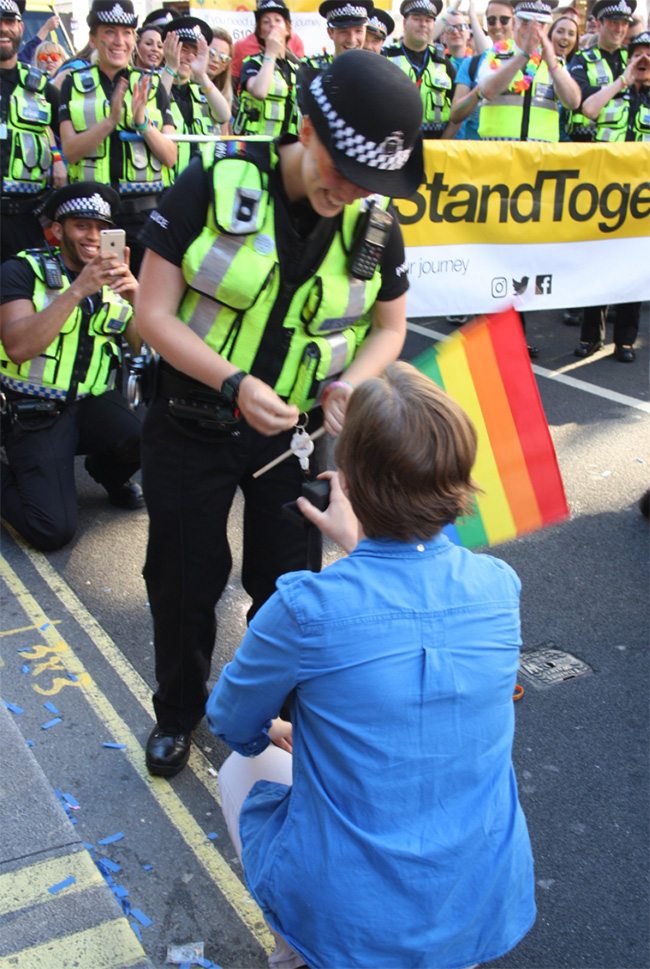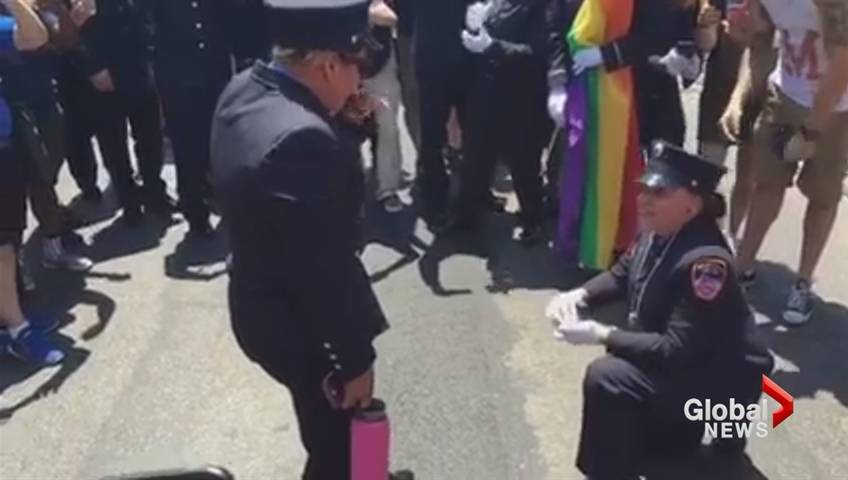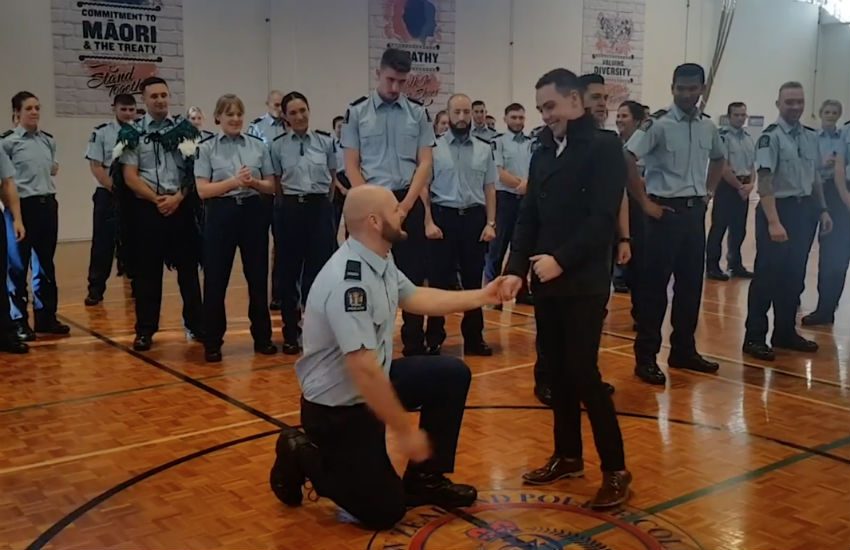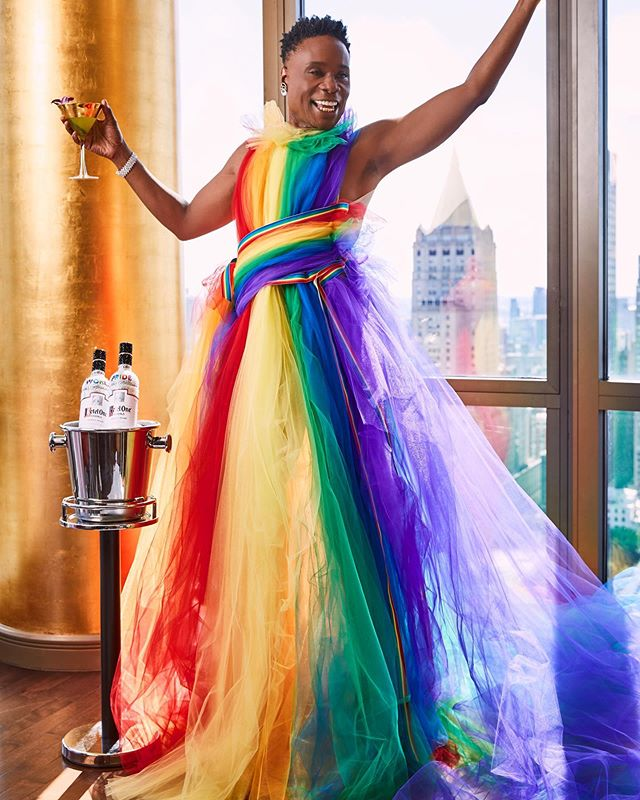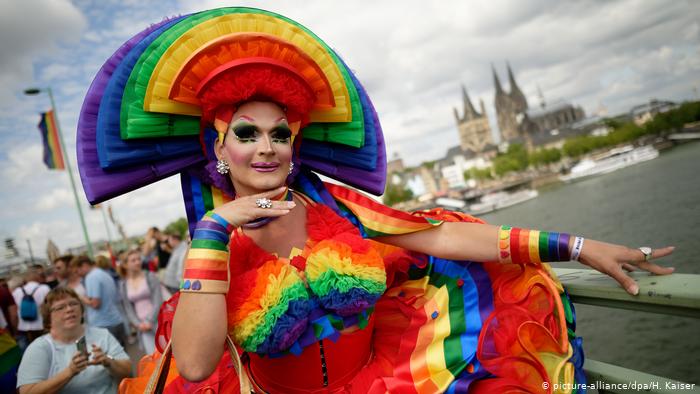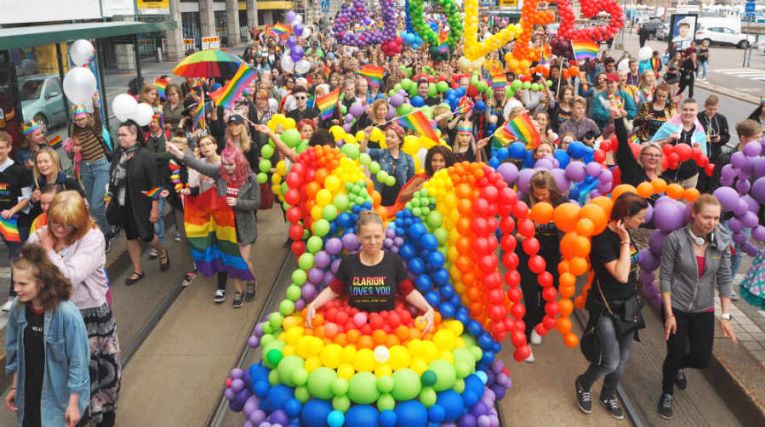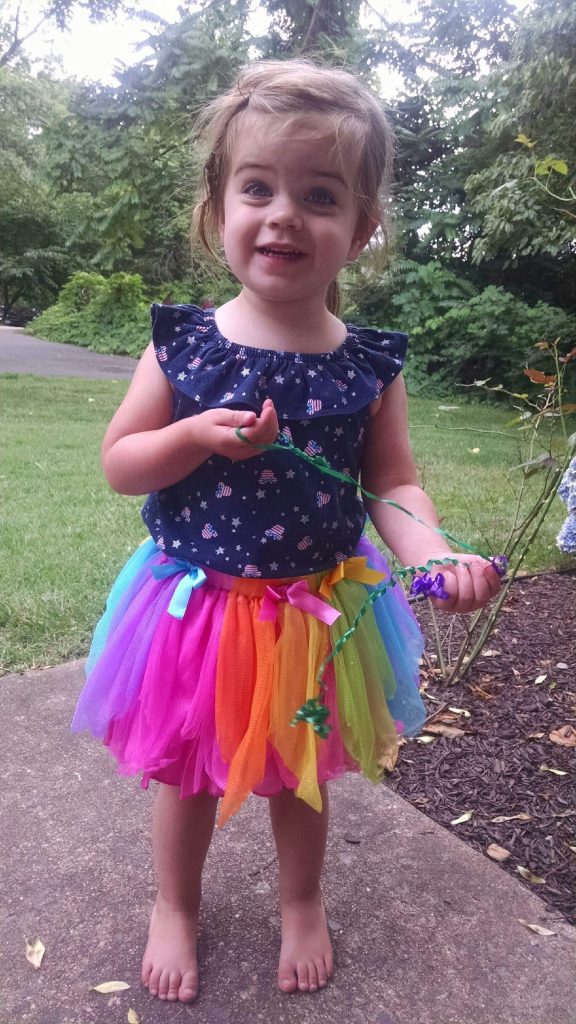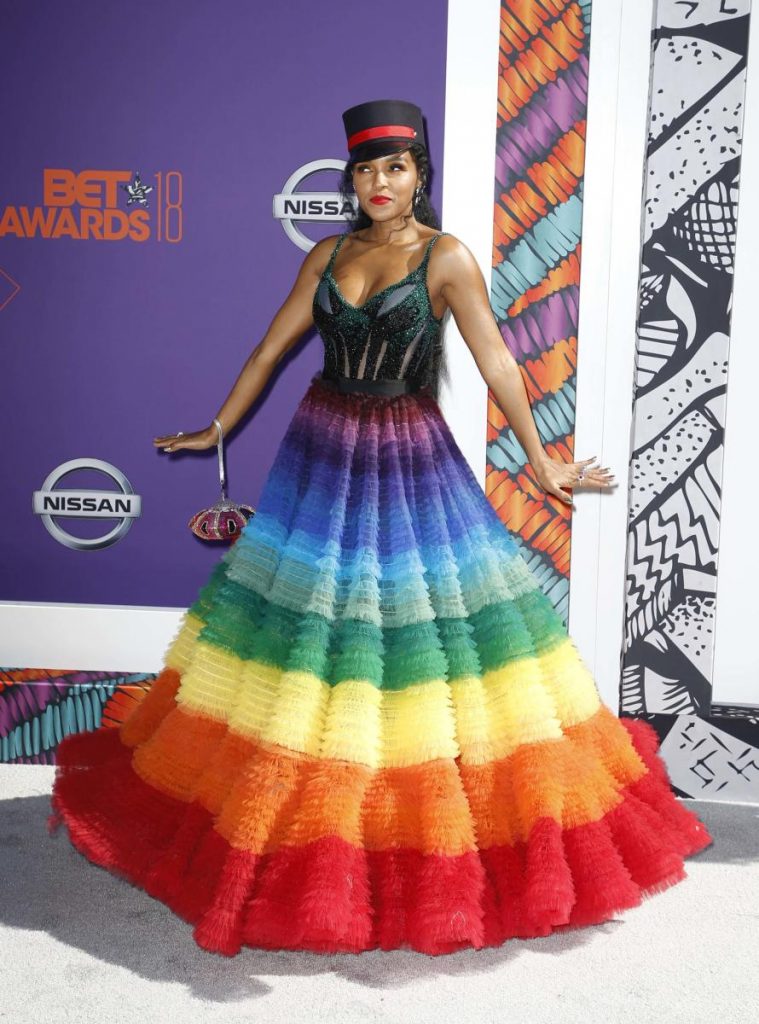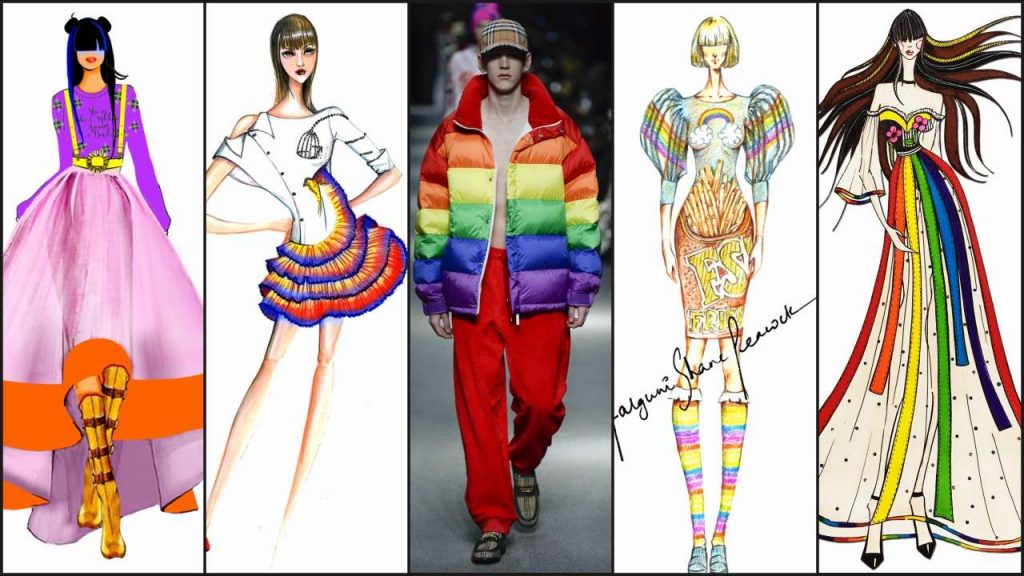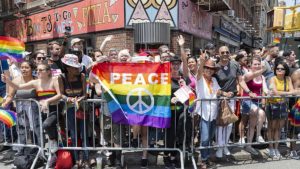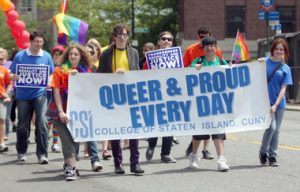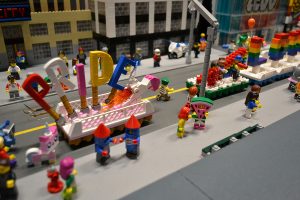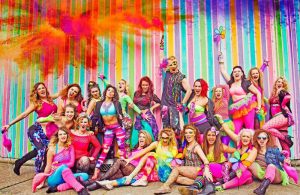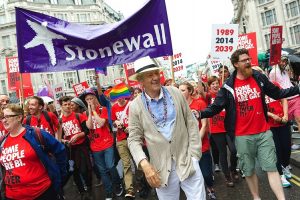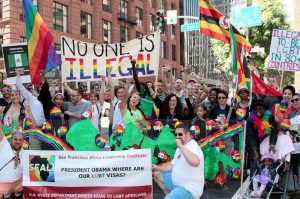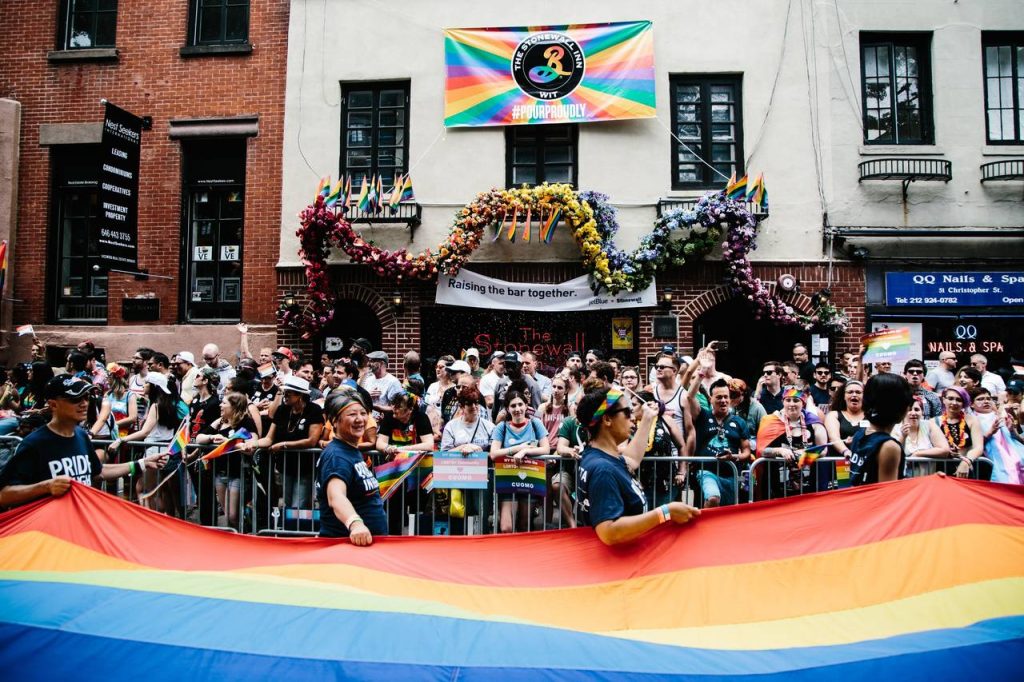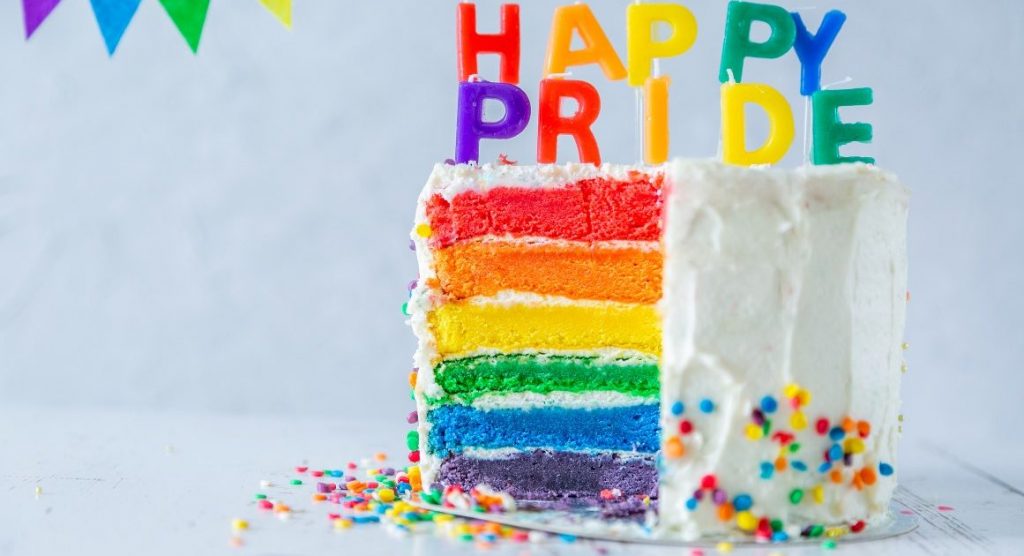
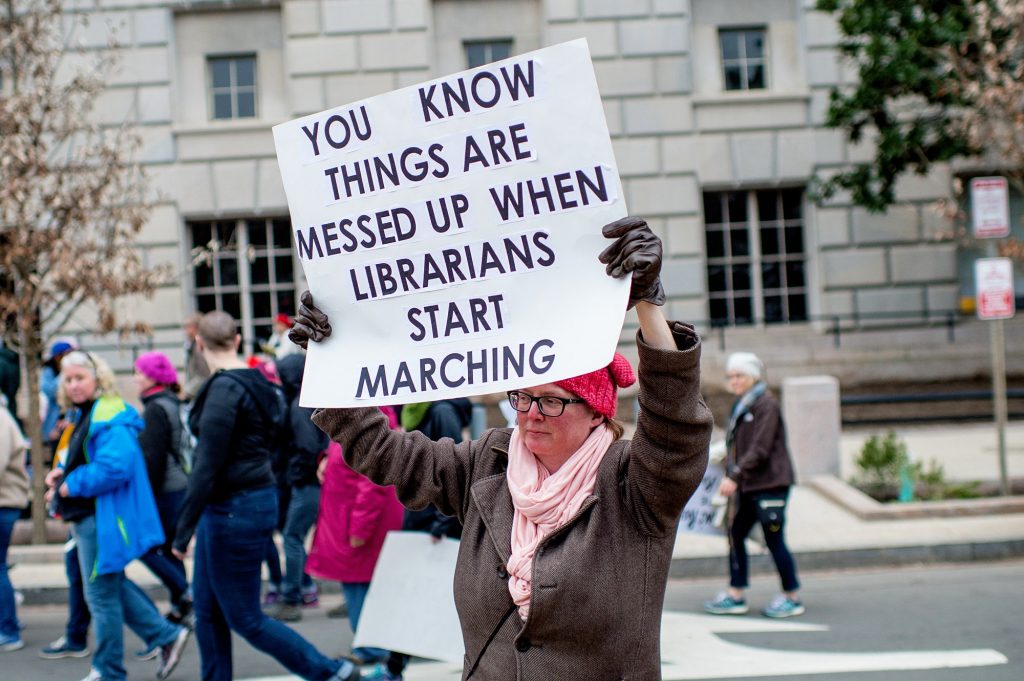
Ridicule is man’s most potent weapon. It is almost impossible to counteract ridicule. Also it infuriates the opposition, which then reacts to your advantage.
Saul Alinsky
Marching against injustice or striking for improved work conditions, pressing for suffrage or civil rights, playing music or writing books to increase public awareness—throughout history, all sorts of causes have moved people to seek change. The definition of a protest is both vague and nebulous, depending on the speaker. For the purpose of this blog, I’m going to limit my definition to a conscious attempt by people in a society to change some part of the status quo.

The Battle of Hastings in 1066 was not a protest by William the Conqueror against the policies of King Harold of England. A toddler throwing mashed peas on the floor is not protesting in an attempt to change the household policies on vegetable consumption.
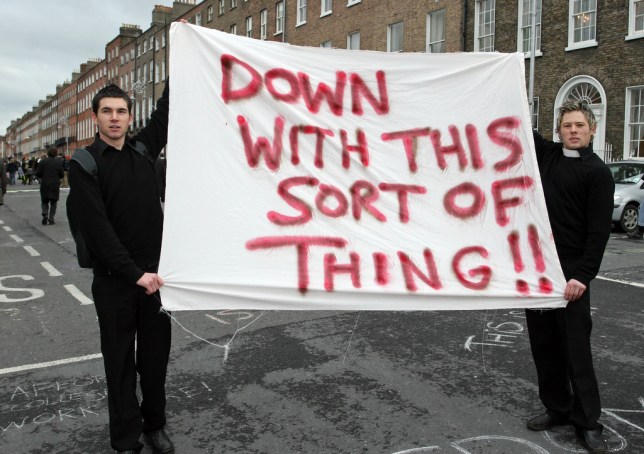
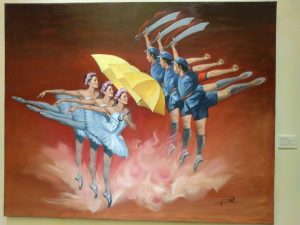
A protest is an expression of objections, disapproval, or dissent regarding an idea or action, typically a political one. The intention is to publicize opinions in an attempt to influence public opinion and/or government policy or to alter conditions so that the change results directly. The categories listed below can have a great deal of overlap: a rally may include protest music; a hunger strike may be accompanied by a vigil; a march may end with delivering a petition, etc. Nearly any type of protest can end in violence, either on the part of the protesters or from opponents trying to stop the protest. Today’s blog will be limited to protests intended to be peaceful.
- Rally: People in the affected group gather together, often with other allies from the community, to improve solidarity, boost morale, and demonstrate the size of the affected community.
- Rallies often include speeches, speakers, singing, preaching, and other attempts to raise awareness in the general community and encourage people to continue to campaign.
- Crowds of people rallied together are more likely to attract media attention, providing a platform for the message to be spread further.
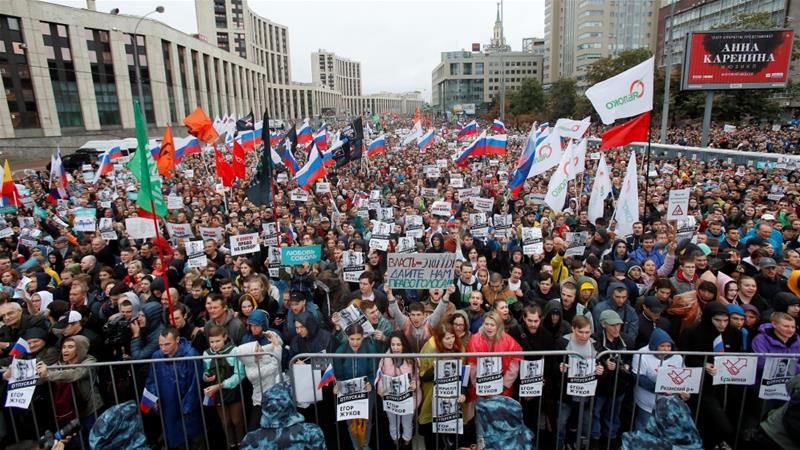
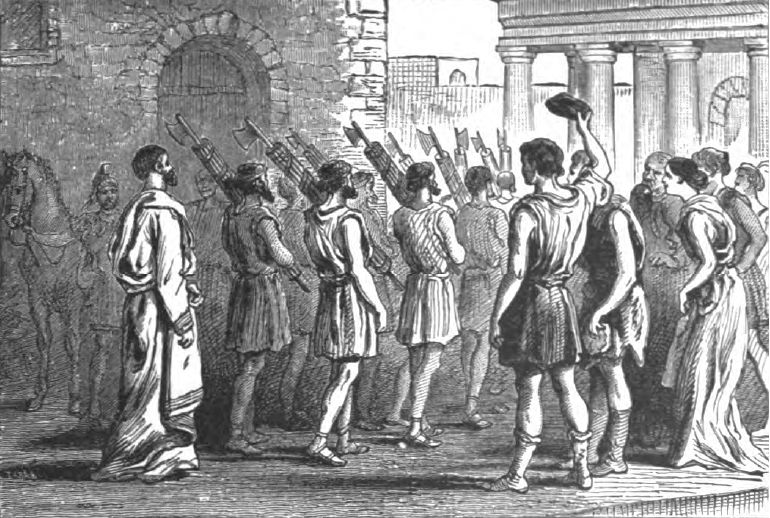
Roman plebians were occasionally allowed to gather in a few public spaces to make their grievances against behaviors and unmet expectations of the princeps heard, primarily outside theaters, bathhouses, and the circus.
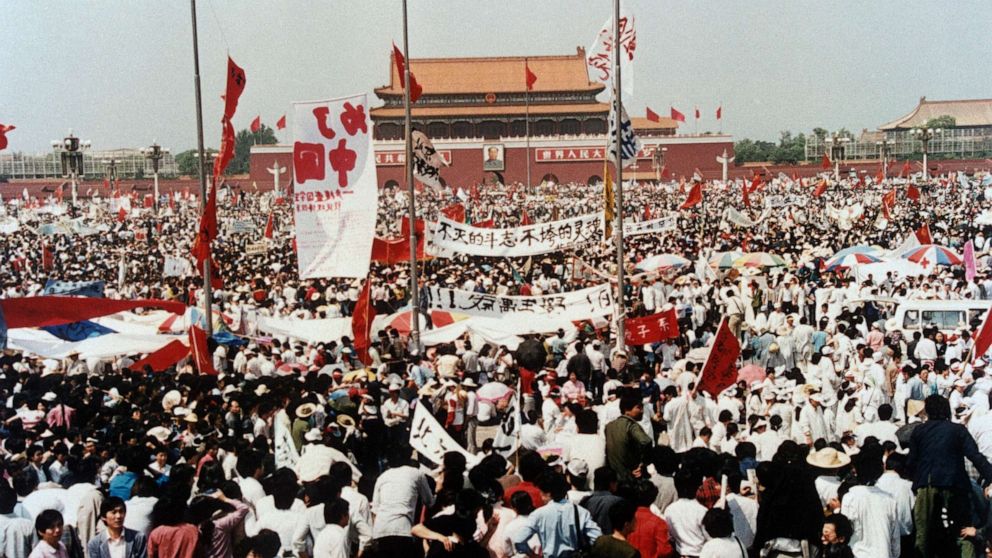
Students rallied at Tiananmen Square in 1989 to call for more freedom and government transparency.
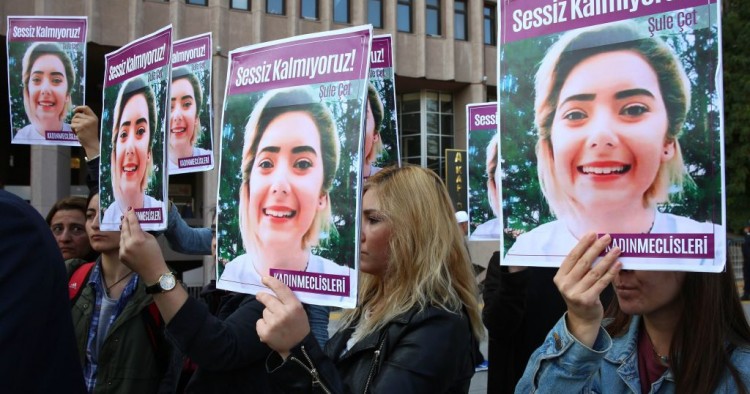
Turkish women rally to protest violence against women and police apathy
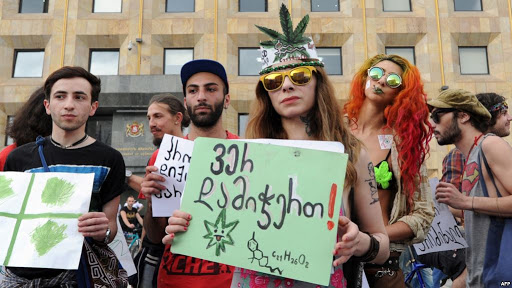
Georgians rally in Tbilisi to legalize marijuana
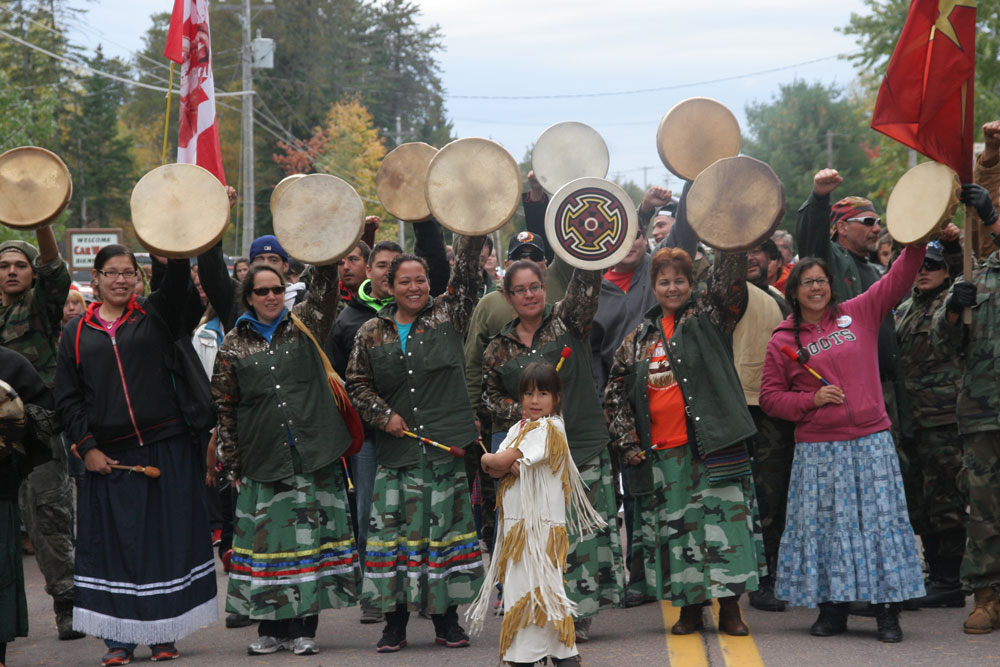
The M’ikmaq people of the Elsipogtog First Nation took a stand against fracking in 2013 in New Brunswick.
- March: Affected people and supporters move from point A to point B, often beginning or ending with a rally. Marches often include prayer walks, chants, and singing, as well as signs and banners detailing demands.
- Though most protests are relatively short, a few miles or circling around and around the same area, some are extremely long.
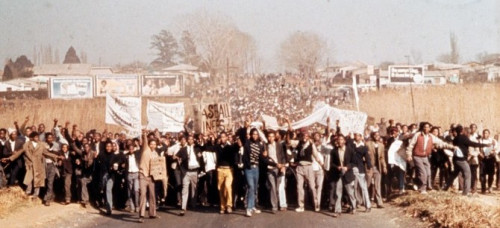
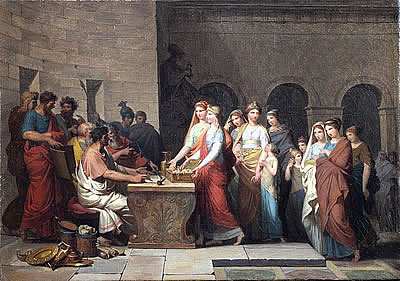
In 195 BCE, Roman women came from all over the country to march on Forum in protest of the Senate refusing to repeal the lex Oppia, a law funding the Punic Wars by forbidding women wearing jewelry.
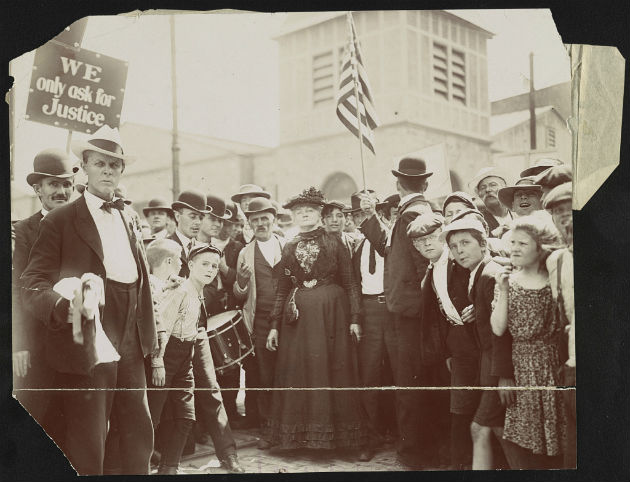
Mary Harris “Mother” Jones led the March of the Mill Children from Philadelphia to New York in 1903 to protest working conditions, especially child labor conditions.
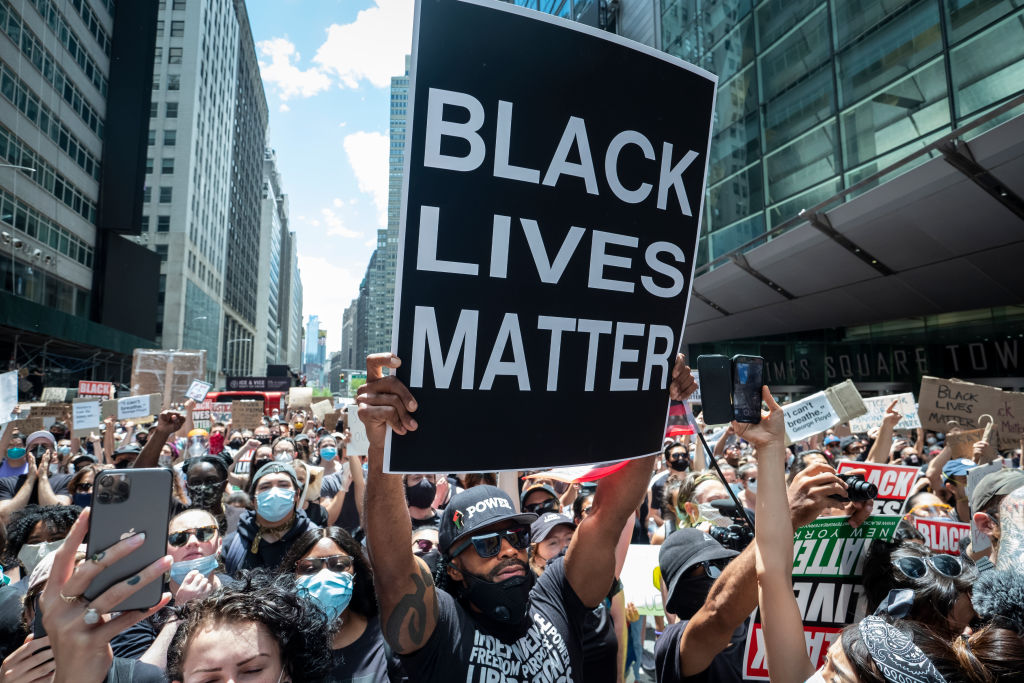
Marches for racial justice and equality have taken place around the world in the past few weeks
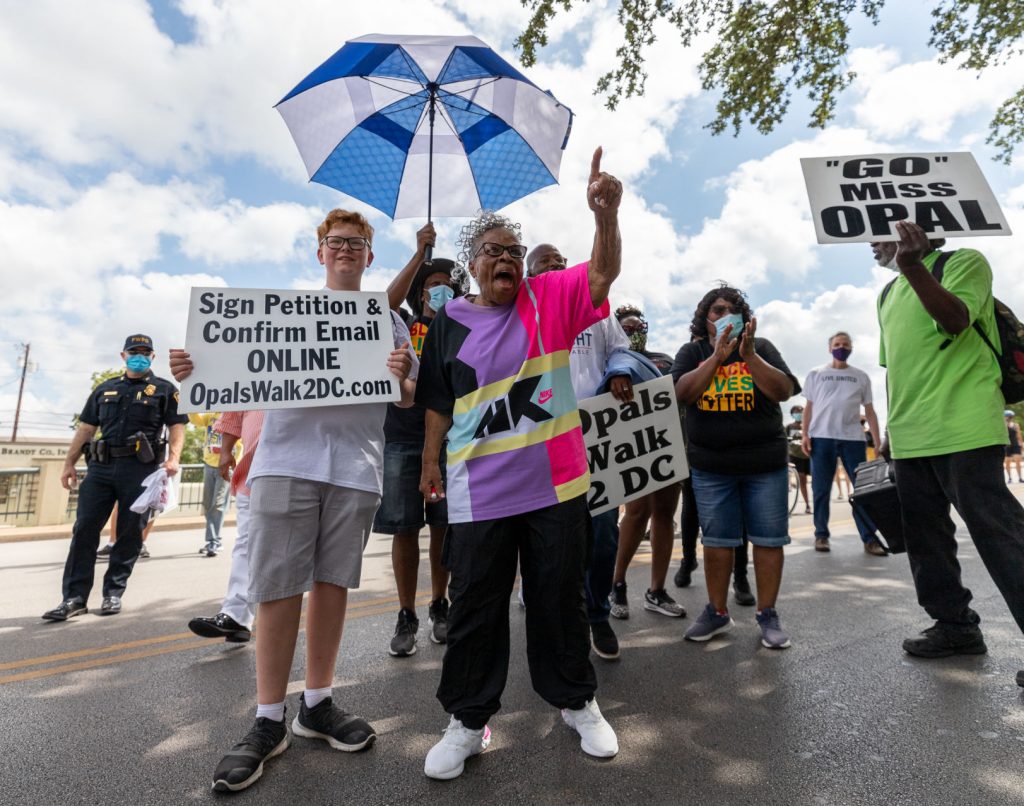
Opal Lee, who is 93, is walking from Ft Worth, Texas to D.C. to protest for racial justice and deliver a petition to Donald Trump.
- Vigil: Banners, placards, candles, and/or leaflets are displayed quietly so passersby know what the vigil stands for even if those standing vigil say nothing.
- Many vigils are accompanied by music and symbolic lighting or extinguishing of candles or lights to symbolize lost lives or spreading hope, among other statements.
- A vigil can also be held to raise morale for someone who is unable to be there, to let someone confined in hospital or prison know that others in the community are aware of their plight, or to bring awareness to authorities or the community at large.
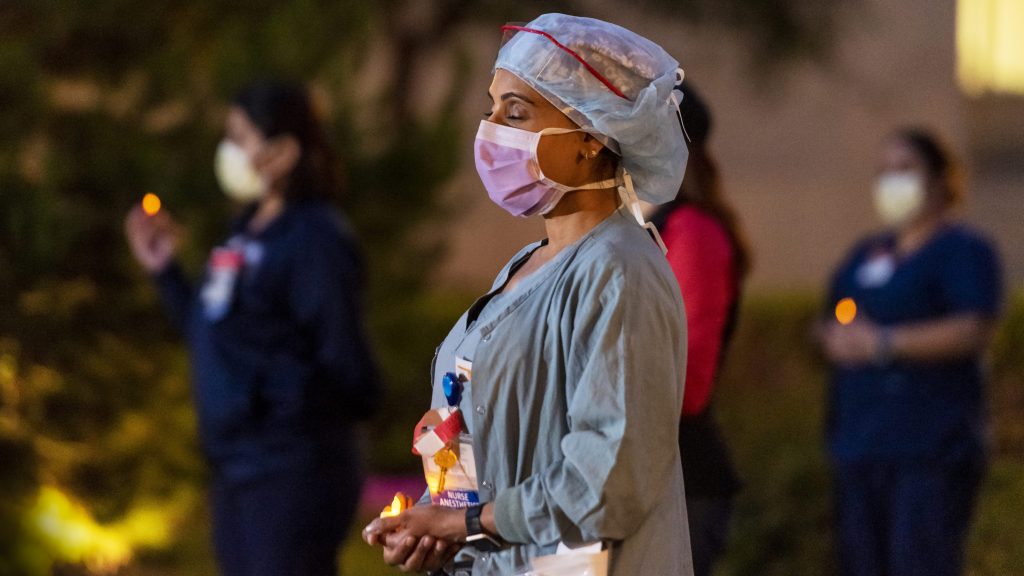
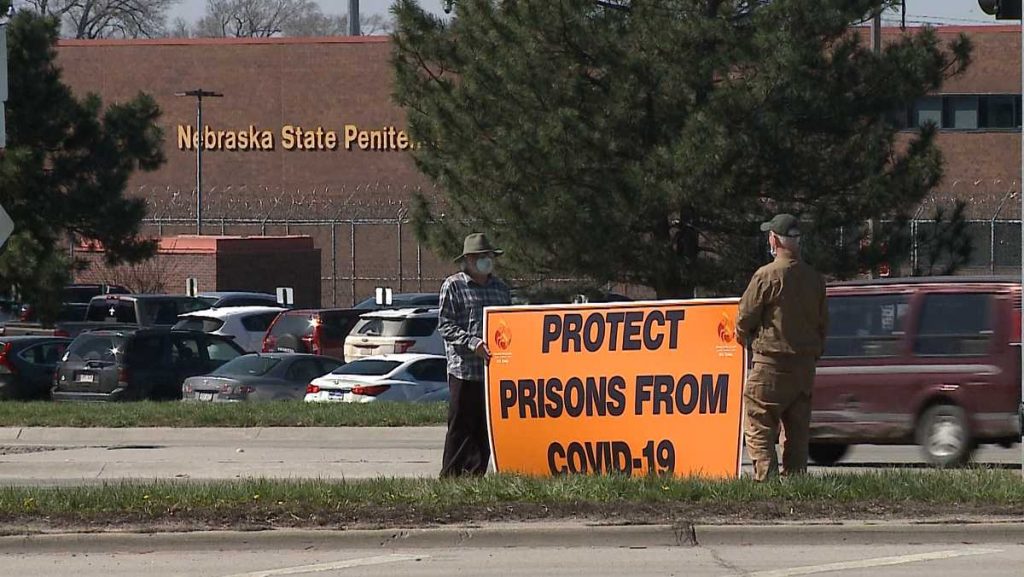
Vigils have been held outside prisons to ask authorities too release at-risk, nonviolent prisoners so they won’t die of COVID-19.
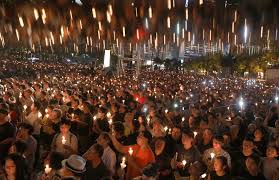
A candlelit vigil is held every year to mark the anniversary of the massacre at Tiananmen Square.
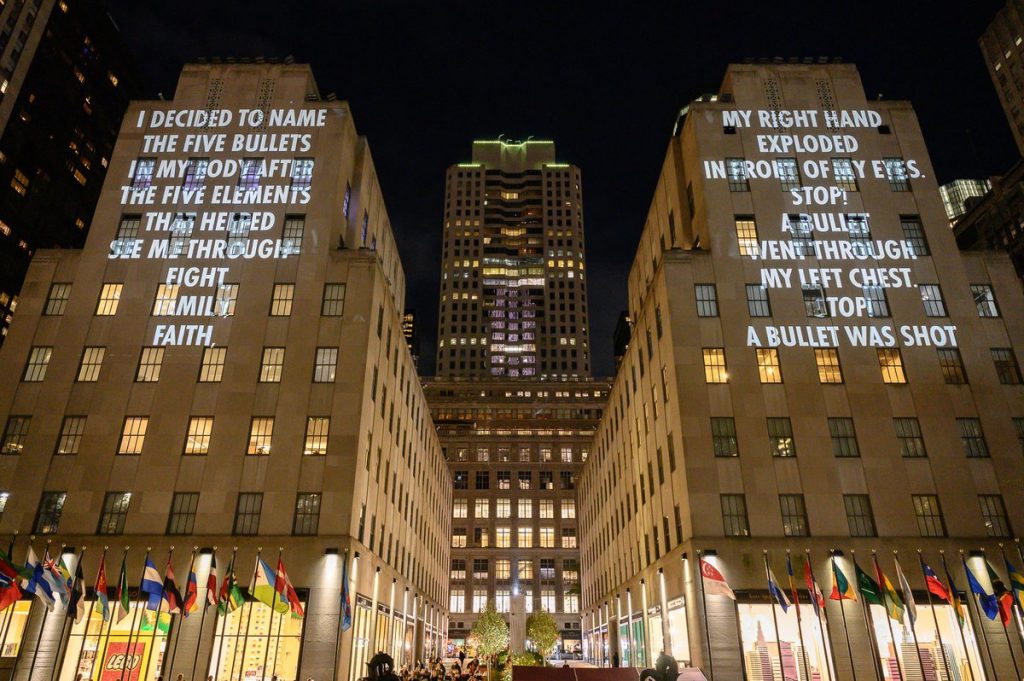
Jenny Holzer staged a lightshow vigil to remember victims of gun violence and to spark conversation on how to prevent it in the future.
- Art – Creativity of every kind is put to use in support of various causes.
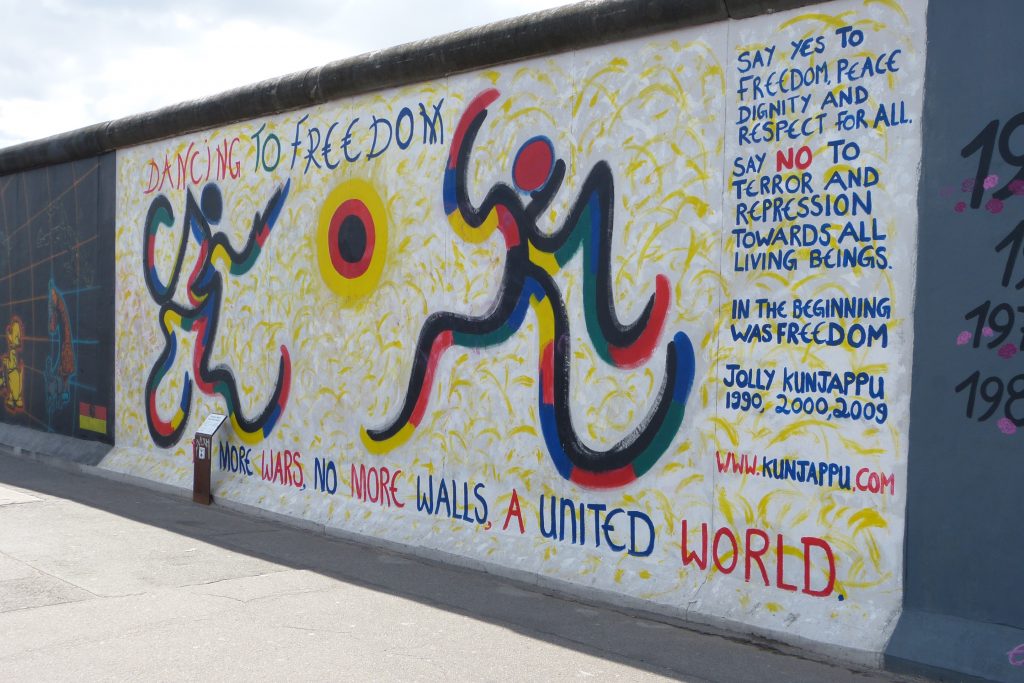
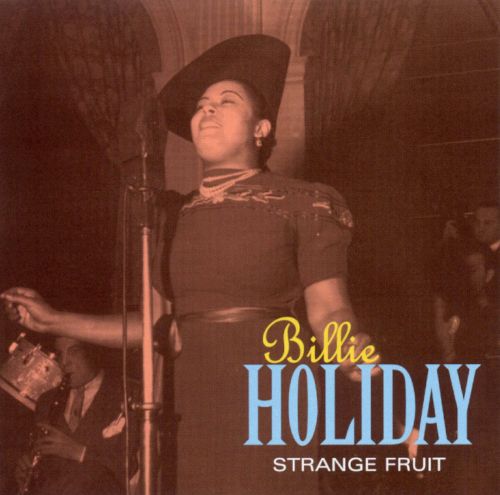
Songs – Strange Fruit became one of the most well-known anthems of the American Civil Rights Movement.
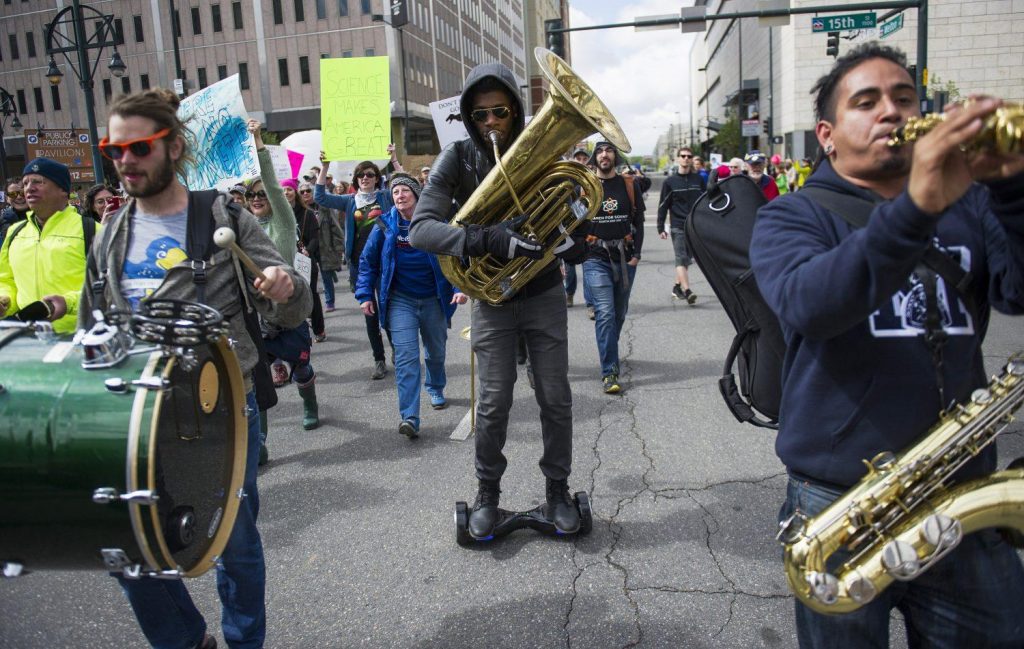
Music -The Brothers of Brass play Louisiana-style jazz at racial justice protests in Denver.
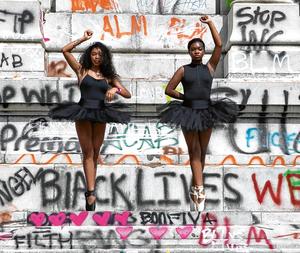
Dance – Young ballerinas in Richmond, VA dance to protest monuments to Confederate generals in 2020.
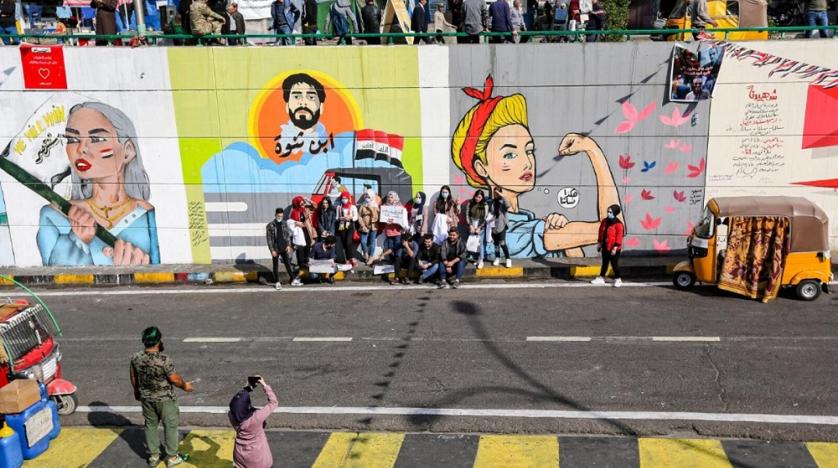
Grafitti – Tahrir Square in Iraq has been surrounded by murals painted in support of equality.
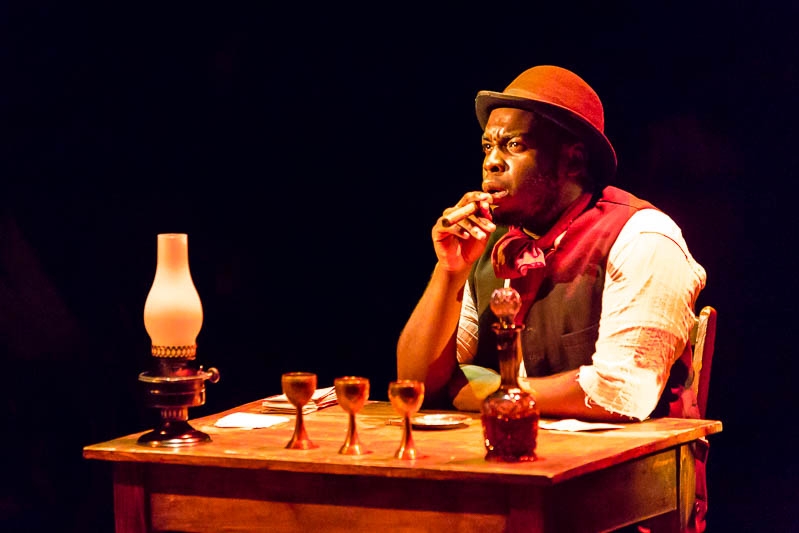
Theater – “The Other Shore” was written by Gao Xingjian in 1986 to protest government censorship and lack of individuality. It has never been performed in mainland China.
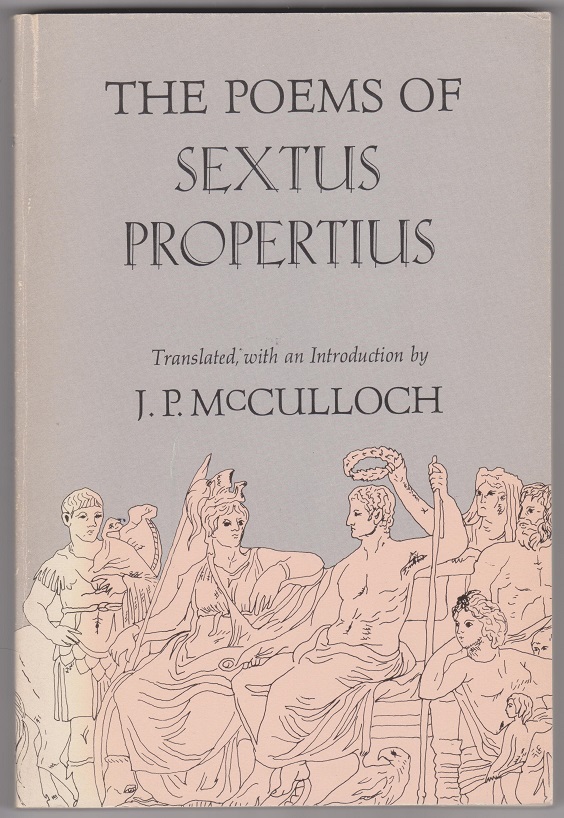
Poetry – Sextus Propertius the poet wrote several poems highly critical of Caesar Augustus’ warlike nature, generally decrying militarism as a policy.
- Petition: Having a written record of multitudes who support a cause is an effective way of getting the attention of authorities.
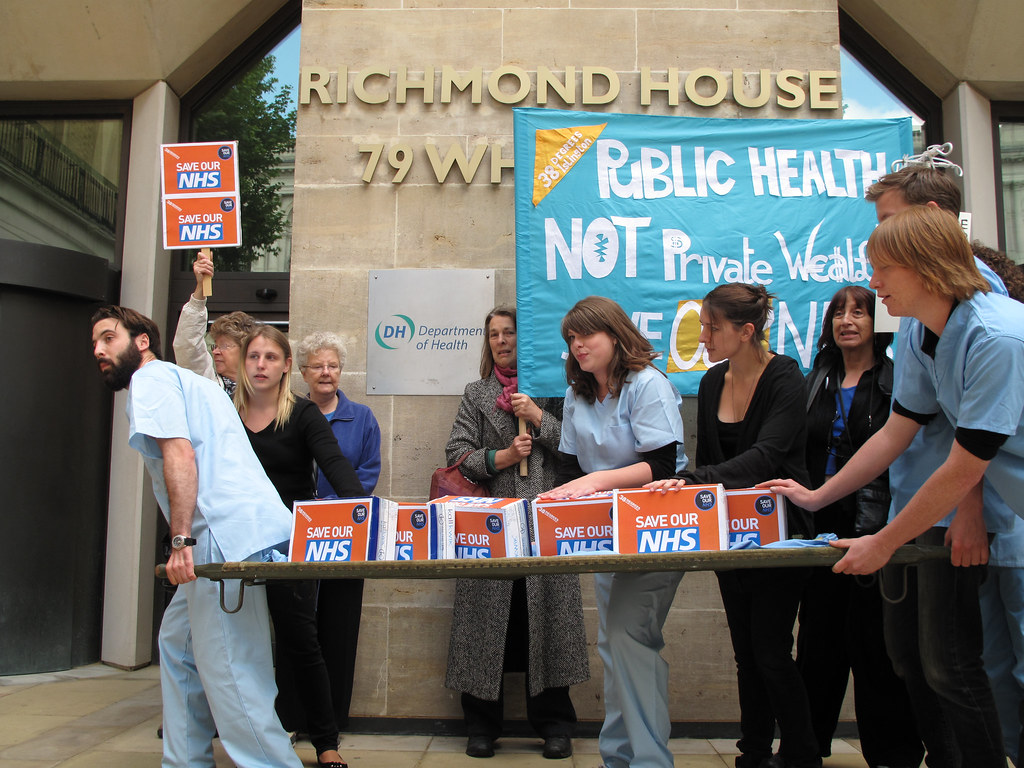
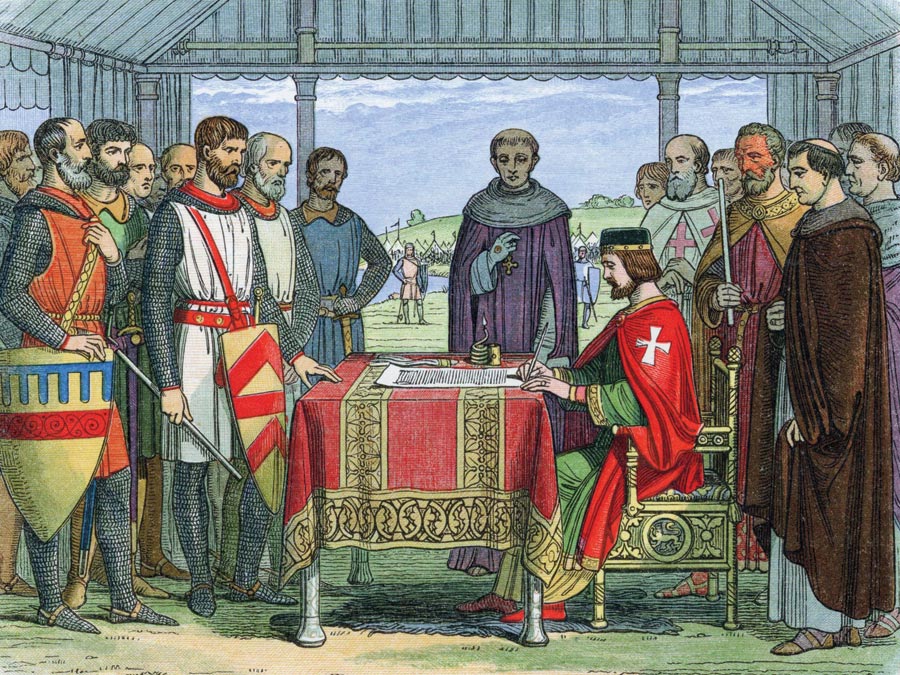
King John was petitioned by his barons to sign the Magna Carta at Runnymede in England in 1215, reducing the power of the monarchy.
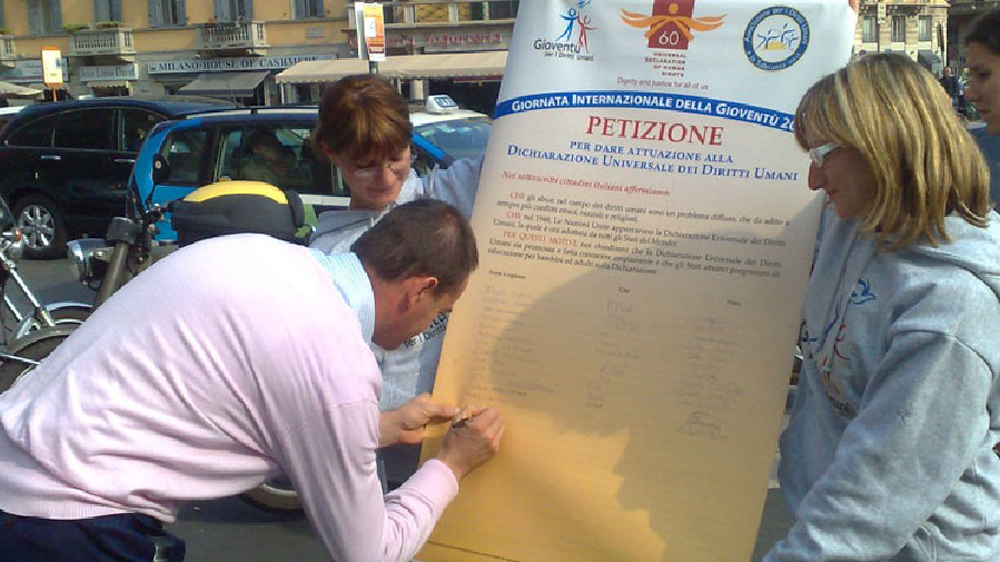
Human Rights Campaign gathering signatures to present to legislature in support of a bill supporting equal right
- Satire: Rather than attack an authority directly, undermining credibility or gravity by mocking is sometimes a more effective method of advancing a cause.
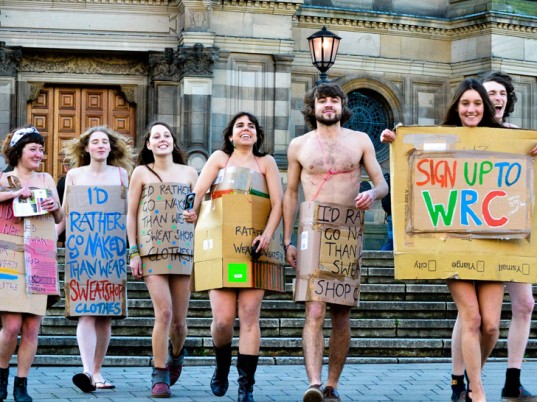
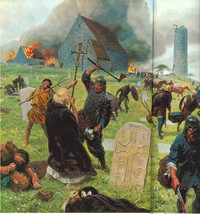
Vikings historically have been portrayed as uncivilized barbarians without culture or intelligence by the people who left written records of them – literate monks whose monasteries had been burned.
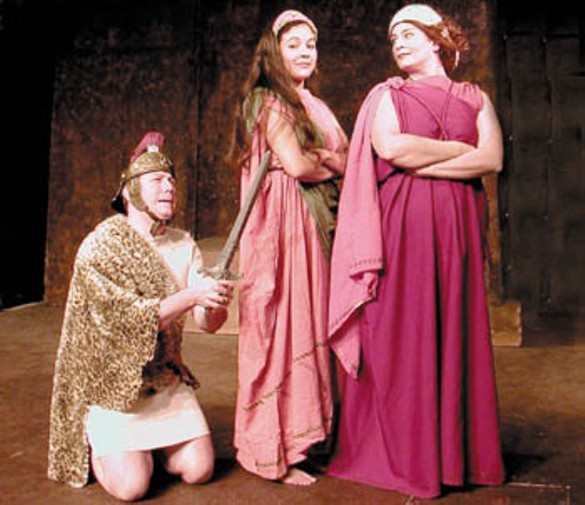
Lysistrata is a comedic play by Aristophanes about women trying to end the Peloponnesian War by withholding sex until their husbands agree to stop fighting.
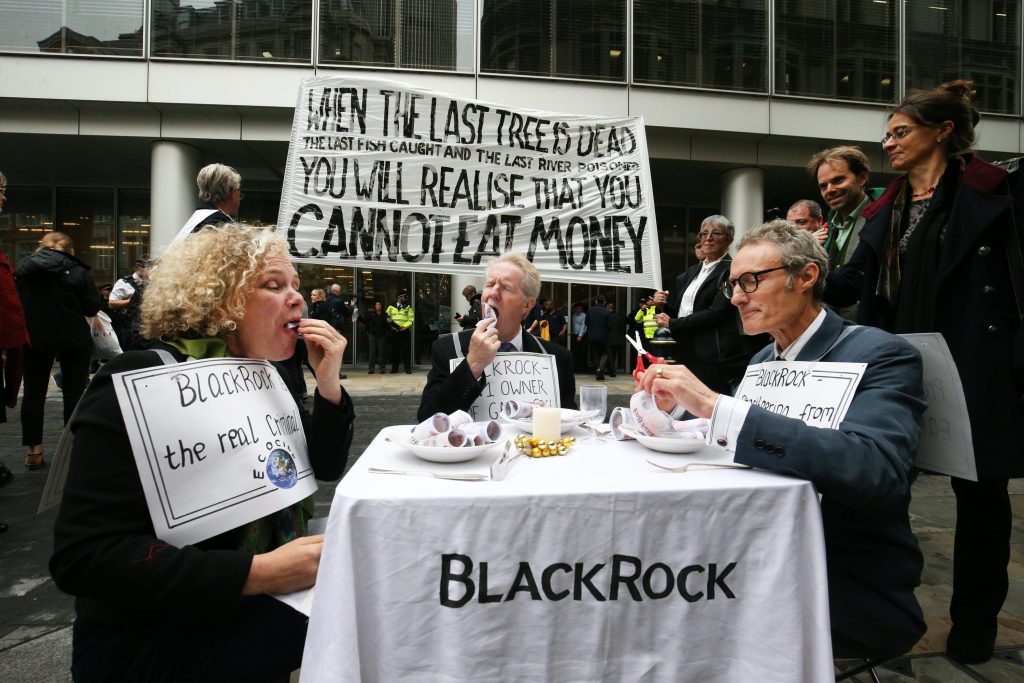
Environmental protesters in London protesting corporate interests putting profit over humanity.
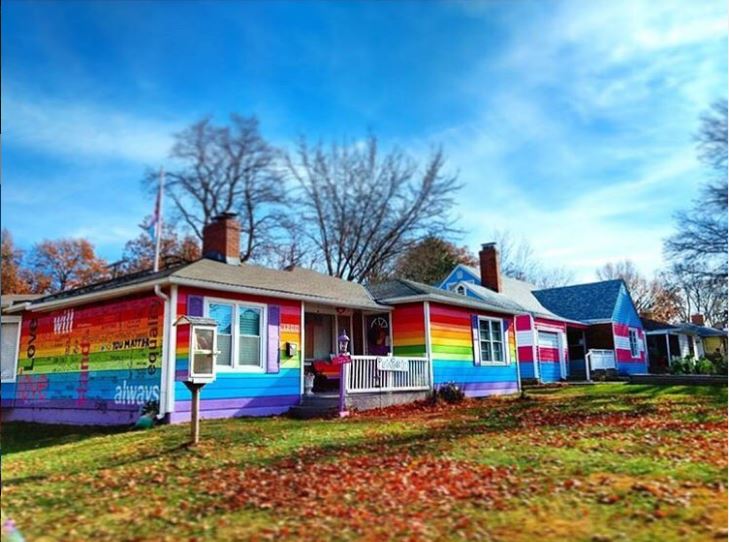
Across the street from Westboro Baptist Church, a notoriously anti-gay religious sect, the home owners have painted their houses in the colors of Gay Pride and Transgender Pride.
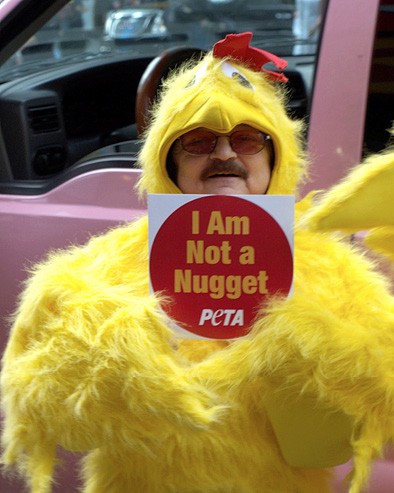
PETA activists often demonstrate in public by dressing ridiculously to illustrate absurdities in the meat and fur industries.
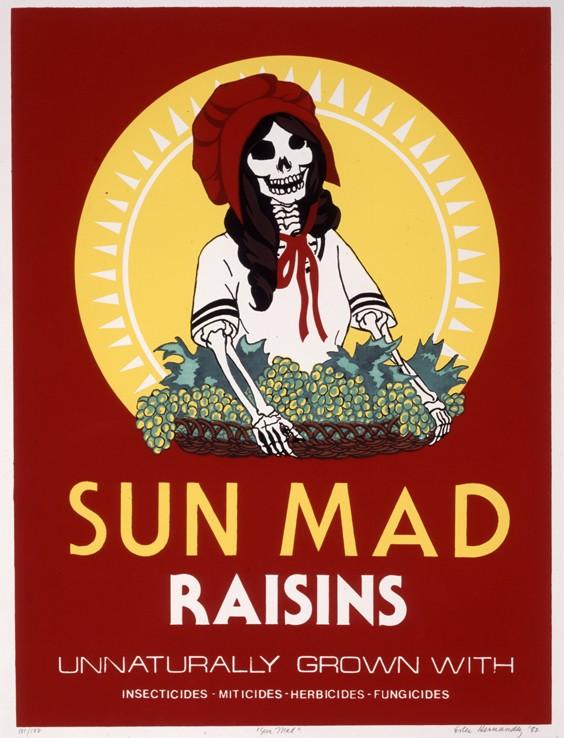
Ester Hernandez created this illustration to express anger at the human and environmental costs of commercially grown agriculture.
- Information distribution: tabling votes, gathering petition signatures, lobbying letter-writing campaign, teach-ins.
- “Doxxing” (or doxing) is a destructive variation of this type of protest, more common since the spread of the internet. Protesters widely publish contact details and sensitive information about people with whom they disagree in an effort to endanger their careers, social lives, families, and personal safety.
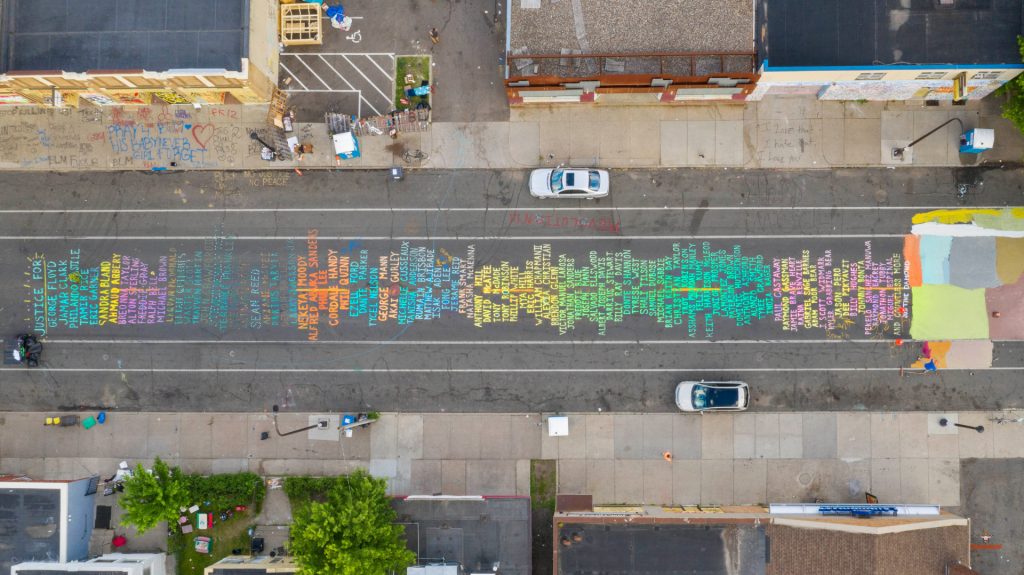
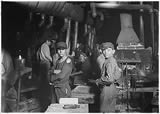
Lewis Hine’s photographs of child laborers showed the terrible conditions in which they worked, creating a public outcry
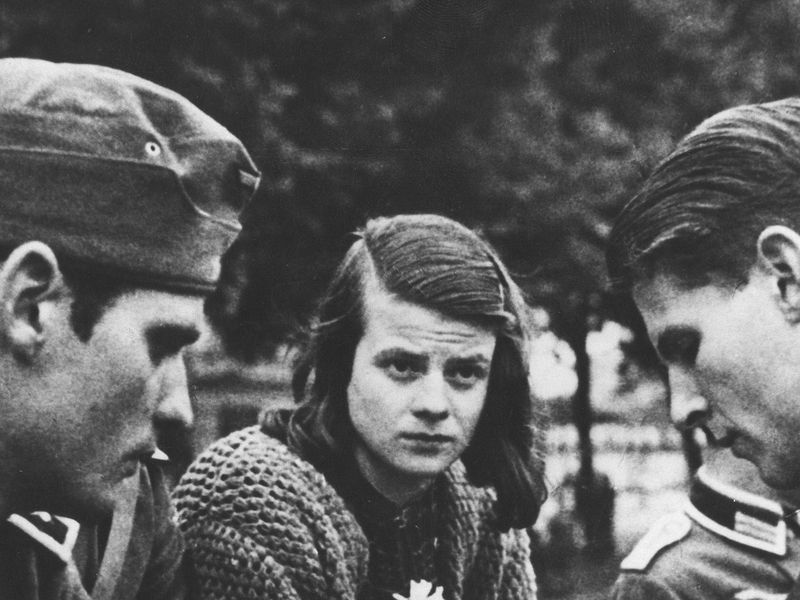
White Rose Society students in Germany protested Nazis by secretly printing anti-Nazi pamphlets and leaflets with information about prison camps and SS atrocities.
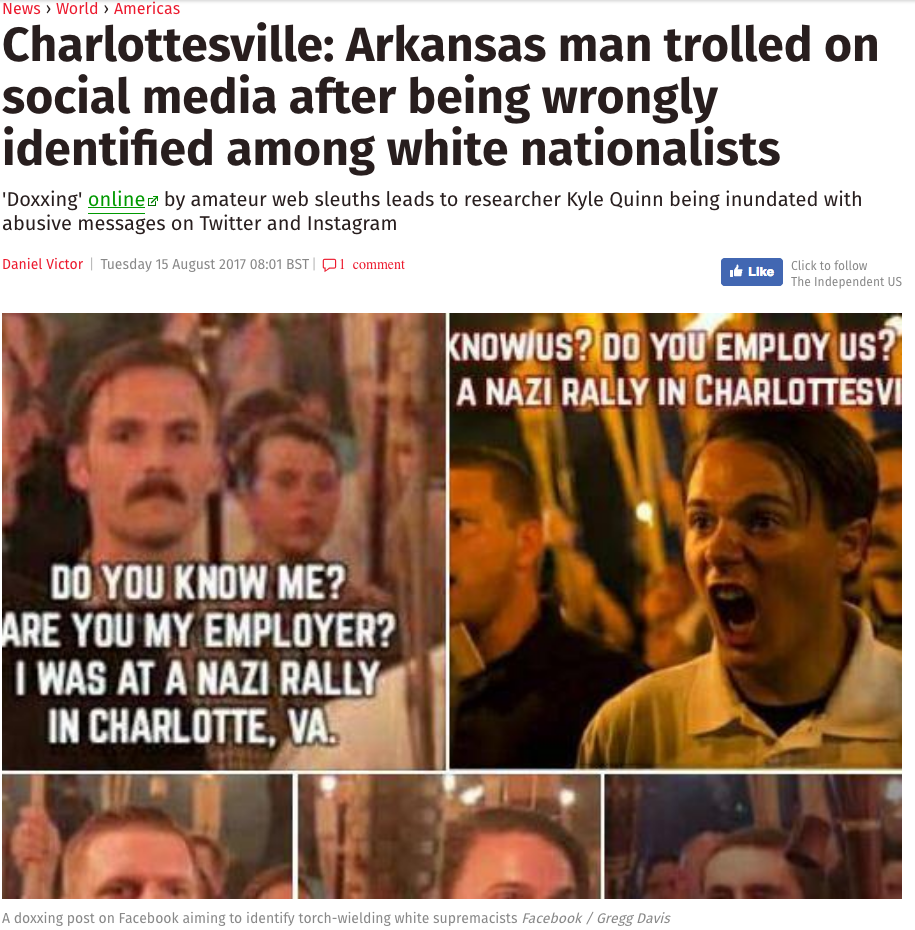
Incorrect doxxing nearly ruined the life of Kyle Quinn after he was mistakenly identified online as having taken part in a neo-Nazi rally. He was not involved in any way and was not even in the same time zone.
- Lawsuit: A social movement or group can sometimes use the legal system to advance their aims.
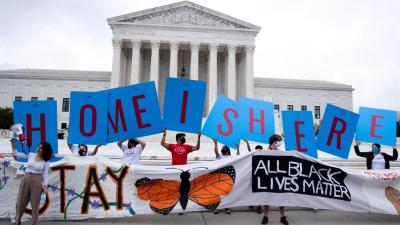
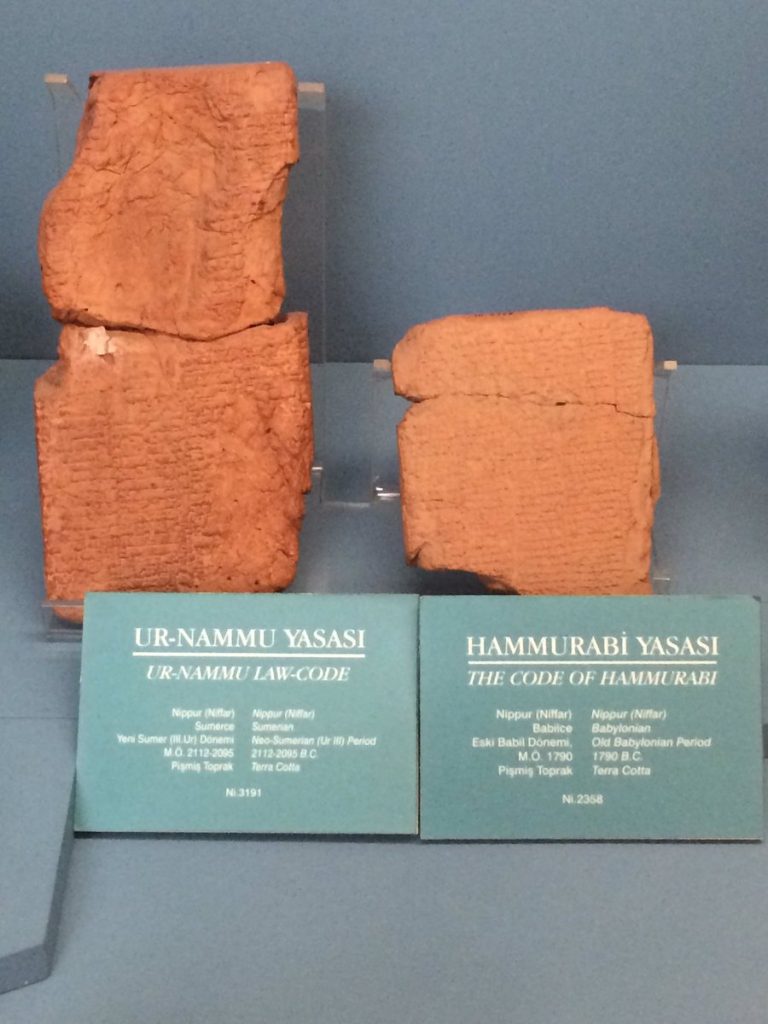
The Sumerian Code of Ur-Nammu, one of the oldest recorded legal systems, provides methods for women to sue for divorce, for slaves to be set free or re-enslaved, for everyone to be punished, and for property disputes to be resolved.
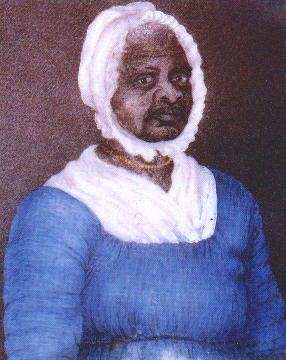
Elizabeth Freeman was the first woman to win her freedom in court in America, having successfully sued for her freedom from her former owner in 1781.
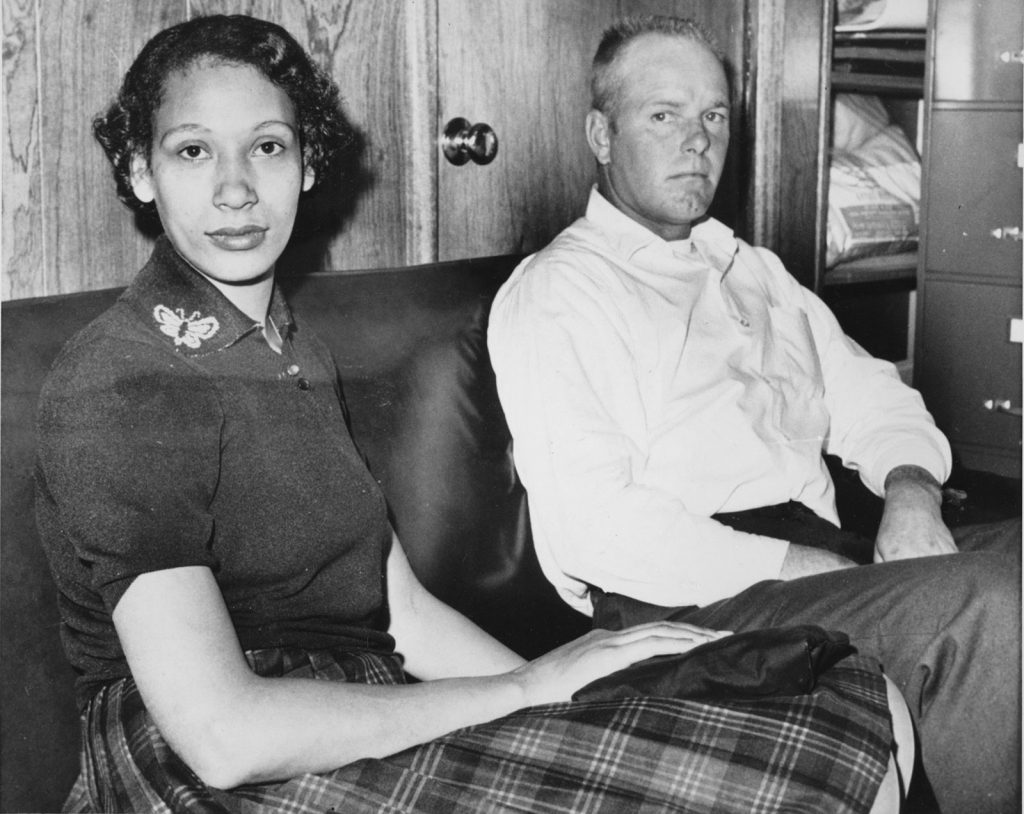
Richard and Mildred Loving took their case all the way to the US Supreme Court in 1958 to defend their right to marry, opening the way for all other interracial marriages.
- Symbols: Pictures are worth a thousand words, and actions speak louder than words… The same is true when protesting. There are many ways to call attention symbolically to a cause
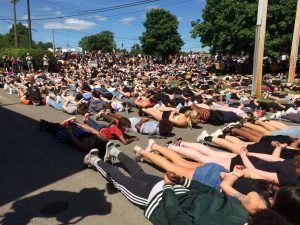
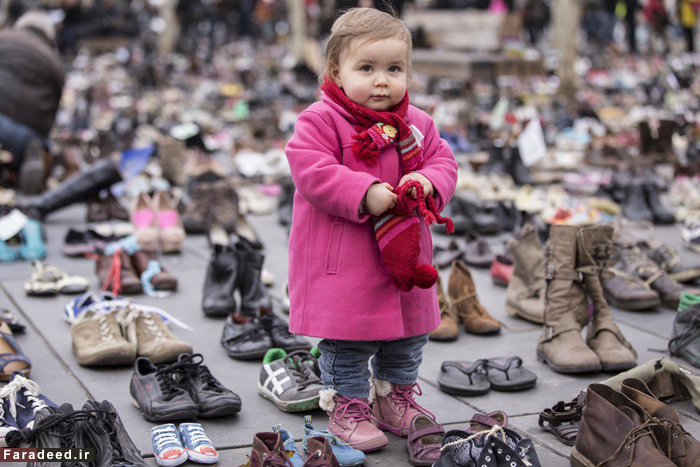
Shoes left empty to stand in place of people being killed by climate change
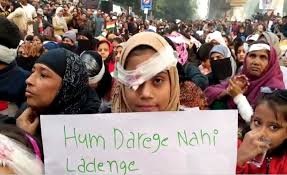
Indian students bandaged their eyes to echo the injuries inflicted on a fellow student and to protest safety for Jamia students
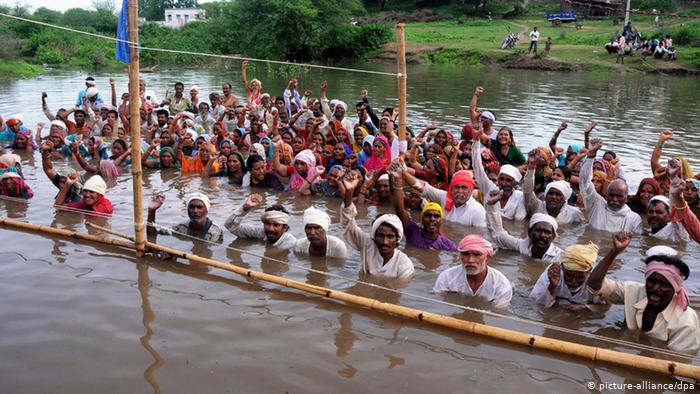
Indian farmers stood in chest-deep water for days to call attention to rising floods ruining their farmlands
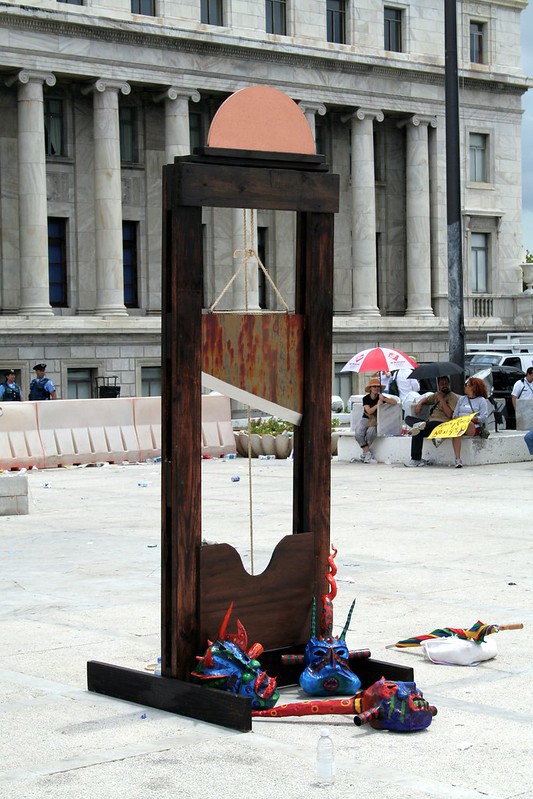
Puerto Rican protesters erected a guillotine against government corruption
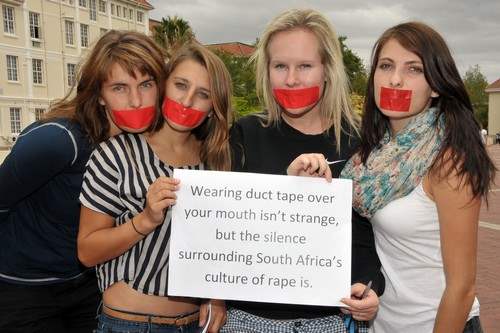
South African women taped their mouths shut to protest community silence about rape
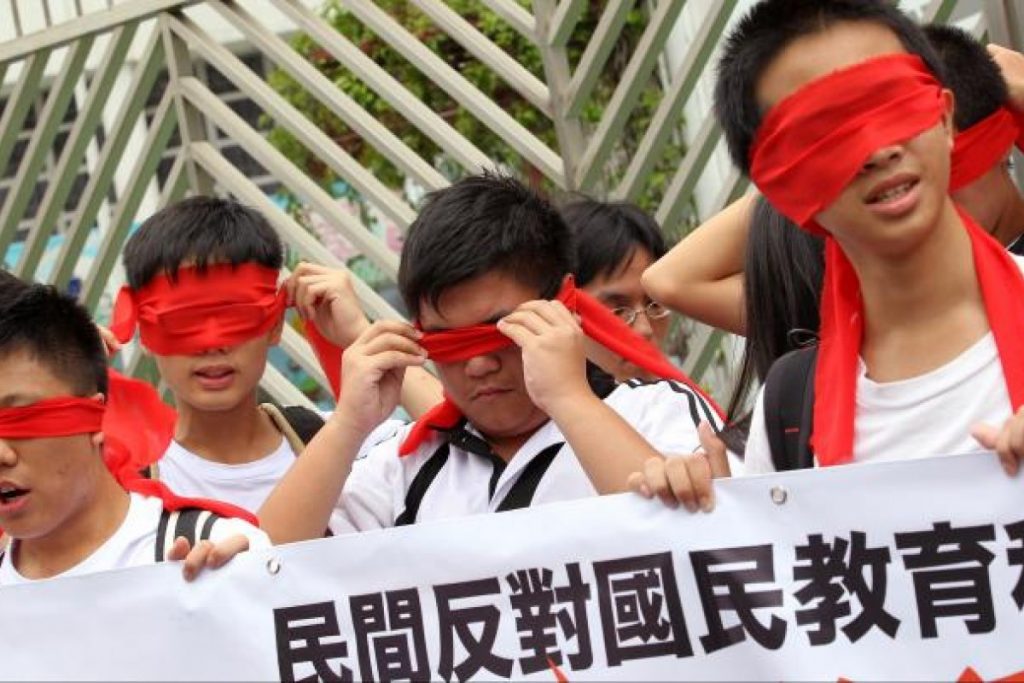
Chinese students against government propoganda education
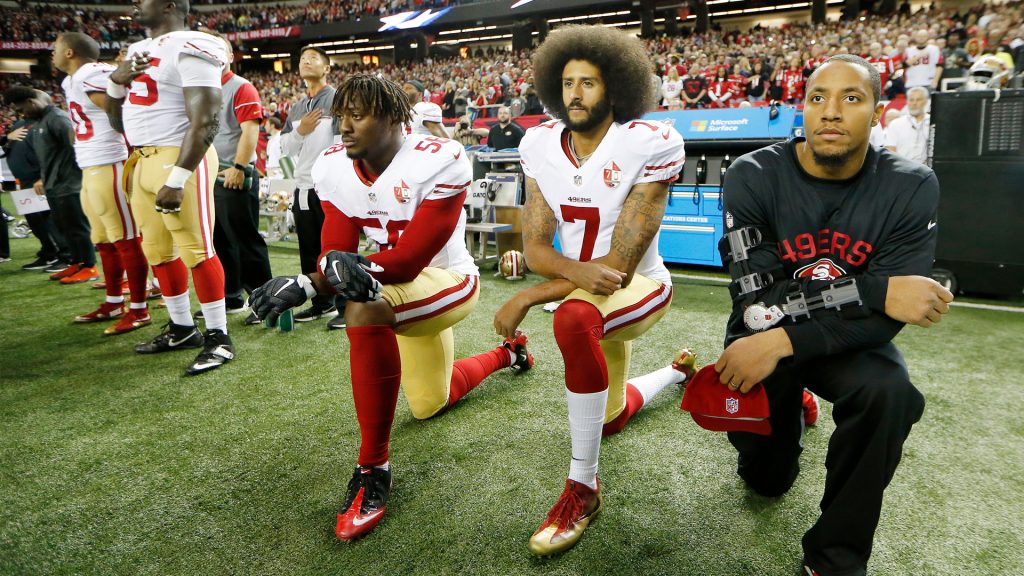
Colin Kaepernick knelt during the playing of the National Anthem before football games to protest police murder of Black people
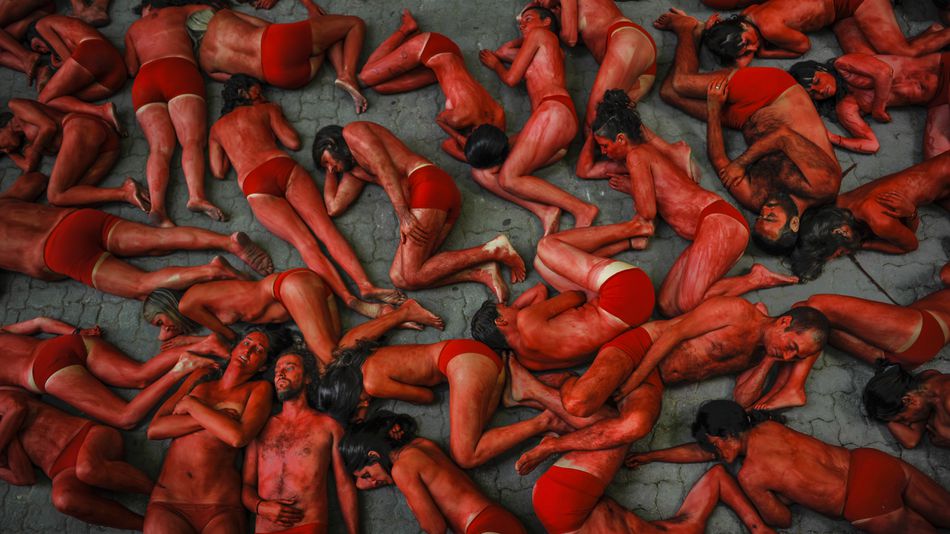
Activists in Pamplona, Spain painted themselves red and staged a die-in to protest the Running of the Bulls
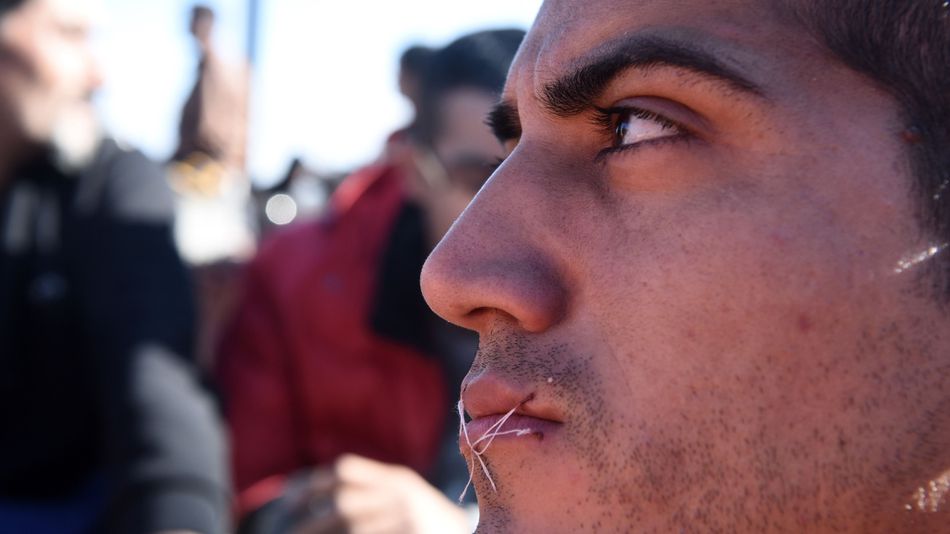
A Syrian migrant sewed his mouth shut in protest of the lack of safety or empathy in the world for refugees
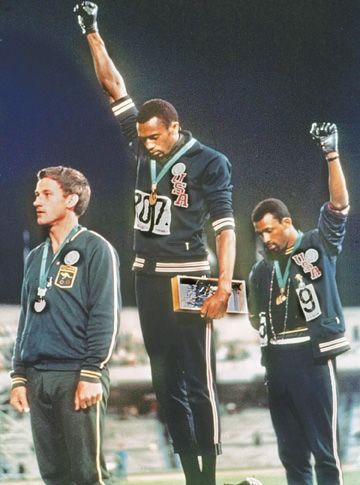
Tommie Smith and John Carlos bowed their heads and raised a Black Power salute during the medal ceremony at the 1968 Olympics, in support of the Civil Rights Movement. Peter Norman, the Australian sprinter who won the Silver Medal, had his award stripped as punishment for his support of his fellow athletes.
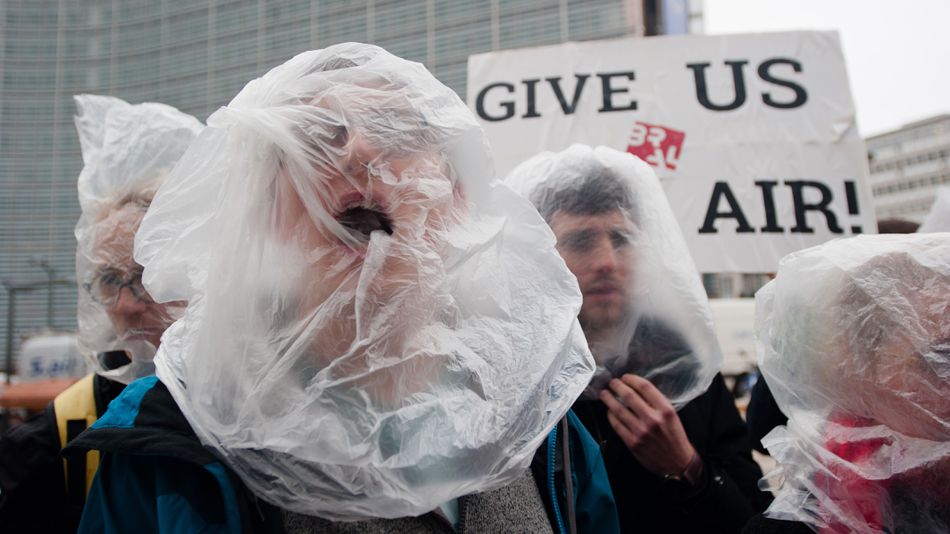
Protesters put plastic bags on their heads to demand clean air and action against climate change

Bicyclists dumped yellow paint on the roadways around the Arc d’Triomphe, causing motorists to spread the paint into the shape of the sun, raising awareness for solar energy
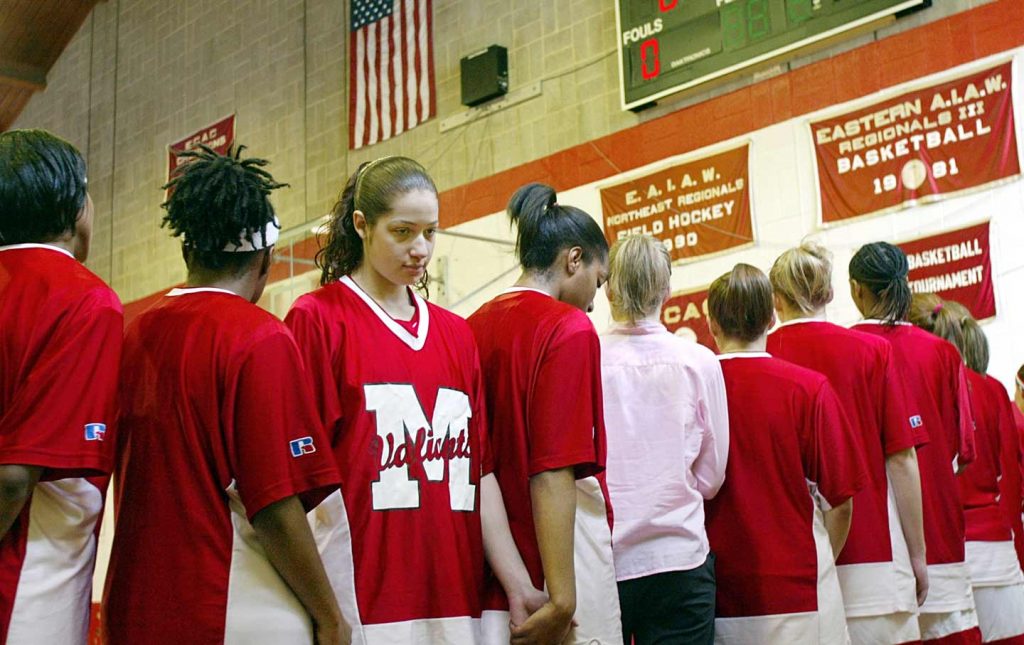
Toni Smith turned her black on the flag during the Pledge of Allegiance to protest racial inequality.
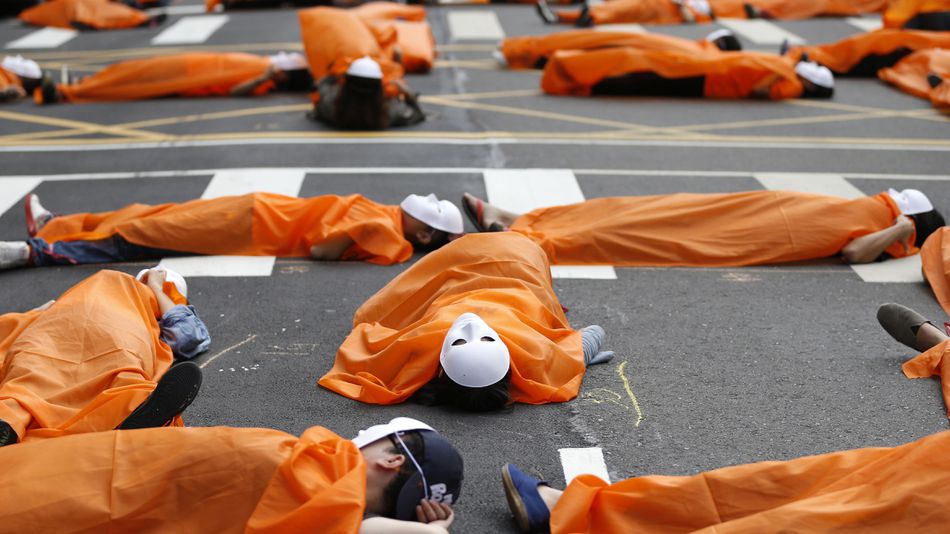
Taiwan workers blocked a highway with a die-in, bodies spell out “raise our salaries”
- Clothing, or lack thereof, can send a strong yet silent message. People can call attention to their message by wearing clothing considered socially unacceptable, wearing acceptable clothing in an uncommon way, or wearing clothing that is strongly linked with a particular cause.
- Because women have traditionally been excluded from the sphere of public discourse, many women brought attention to their causes through fashion.
- Writing on clothing allows a protester to make their voice heard without actually speaking.
- Refusing to wear a particular garment or any garments at all can also send a message.
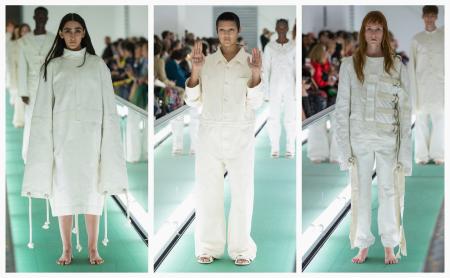
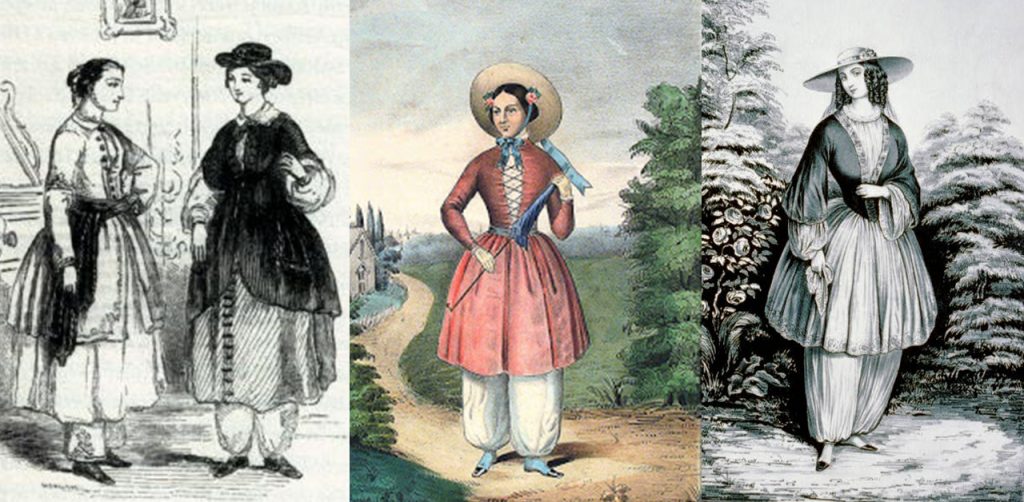
Amelia Bloomer popularized the garment allowing women more comfort and freedom
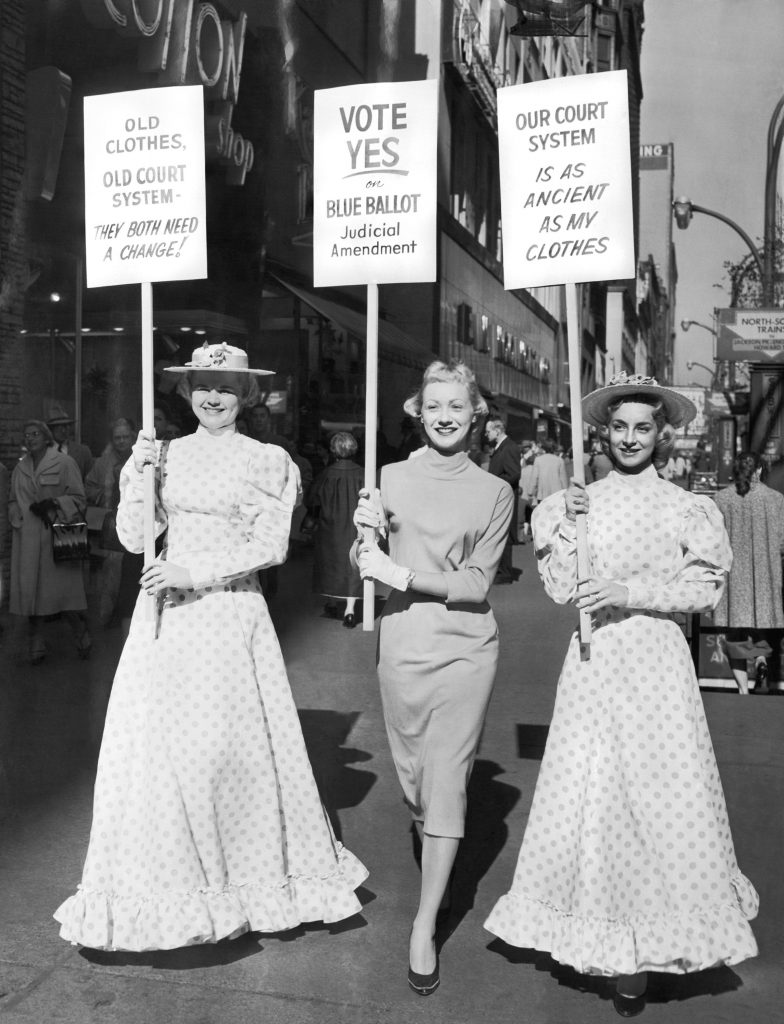
Women dressed in antique costumes to highlight old-fashioned, sexist laws
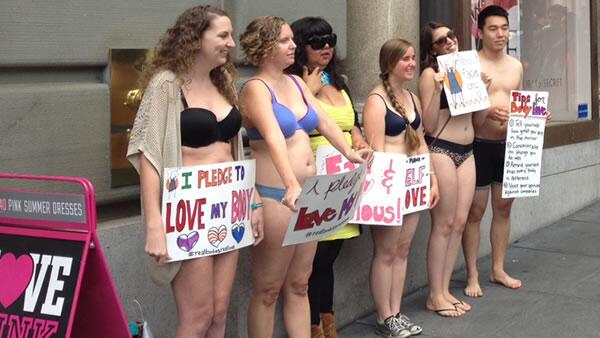
London protesters showed their almost-everything to protest the unsafe and unrealistic body standards used by Victoria’s Secret
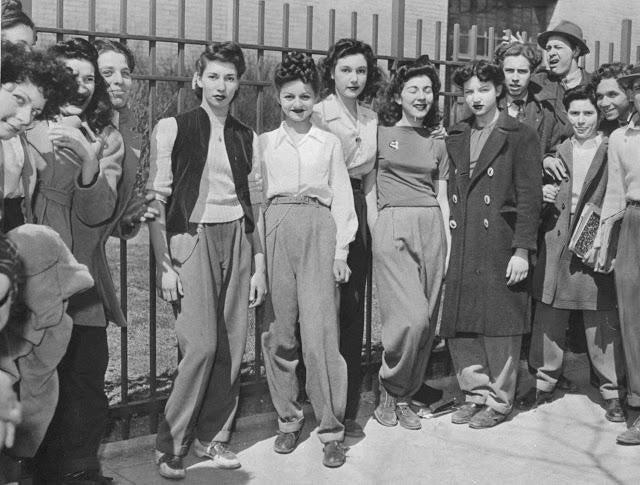
Girls from Lincoln High wore trousers to school in 1942 to call for an end to the double standards of the dress code
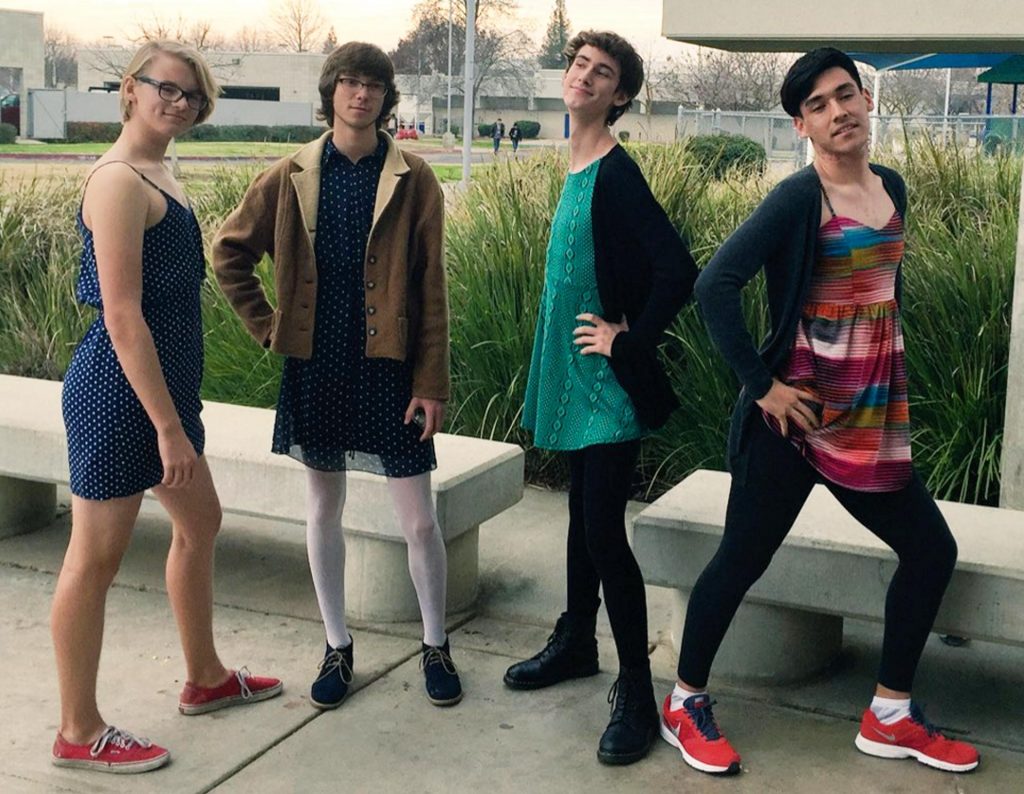
Boys from Clovis High School wore dresses to protest continuing, sexist, double standards in student dress codes
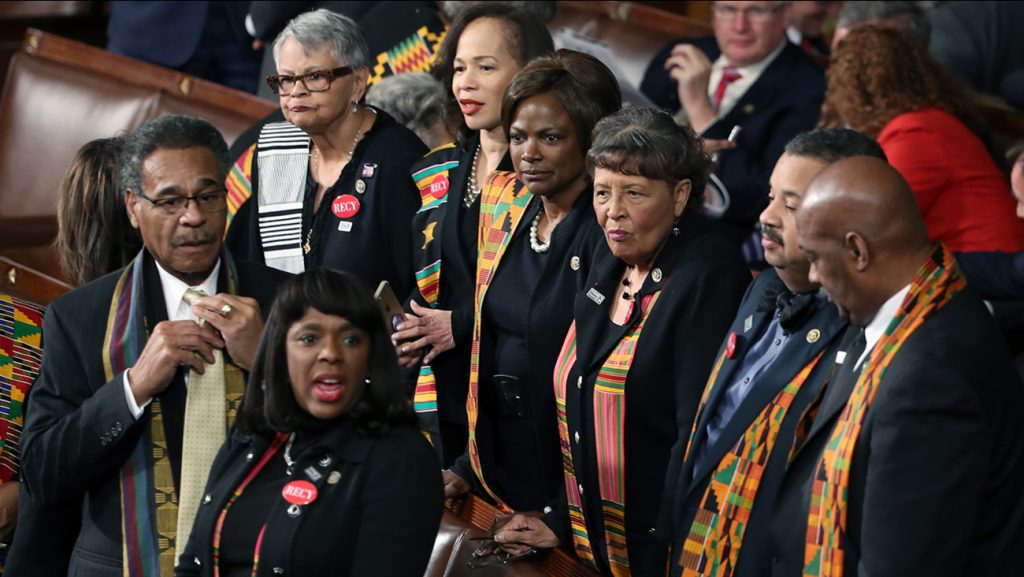
Congressional Black Caucus members wear Kente cloth to display pride in their African heritage.
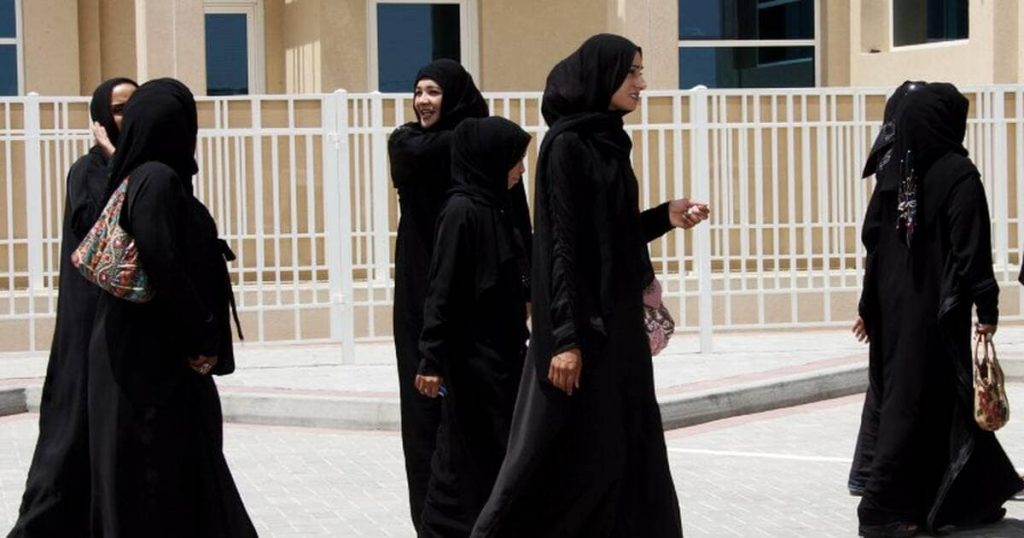
Saudi Arabian women wore their abayas and niqabs inside out to protest laws requiring women to be fully covered in public
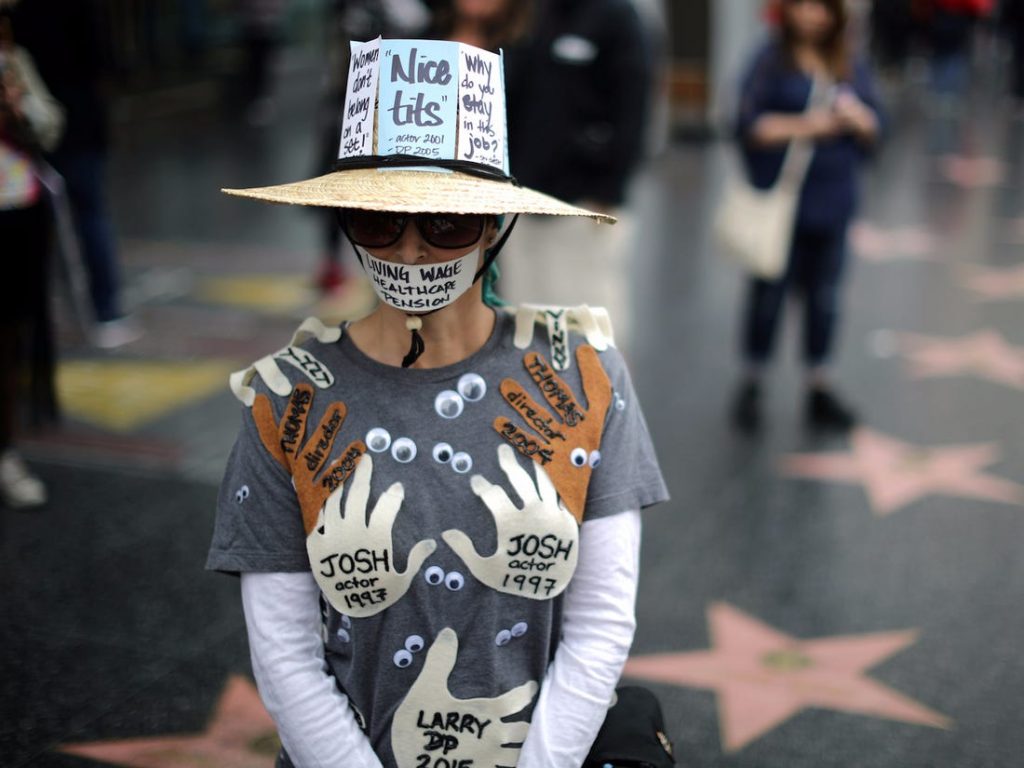
During a protest against sexual assault, this woman wore clothes documenting all the ways men have touched her inappropriately against her will.
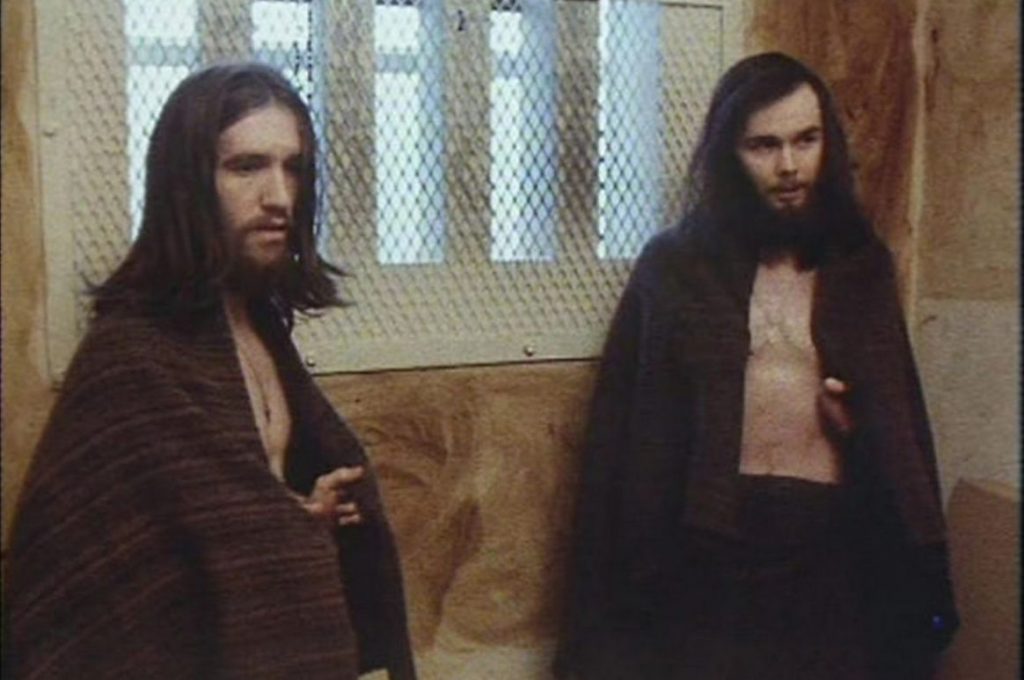
IRA political prisoners on Block H refused to wear prison uniforms and wrapped themselves in blankets to protest the British government revoking their status of political prisoners in 1978.
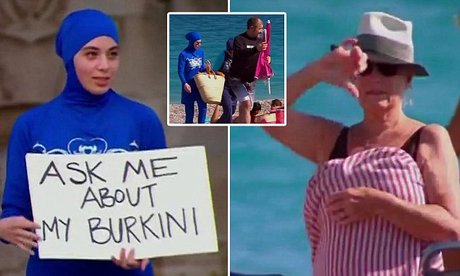
Burkinis on French beaches have become a contentious issue, with the French government banning them and women demanding to wear them.

Jadon Sancho took off his jersey after scoring a goal to reveal a shirt calling for Justice for George Floyd.
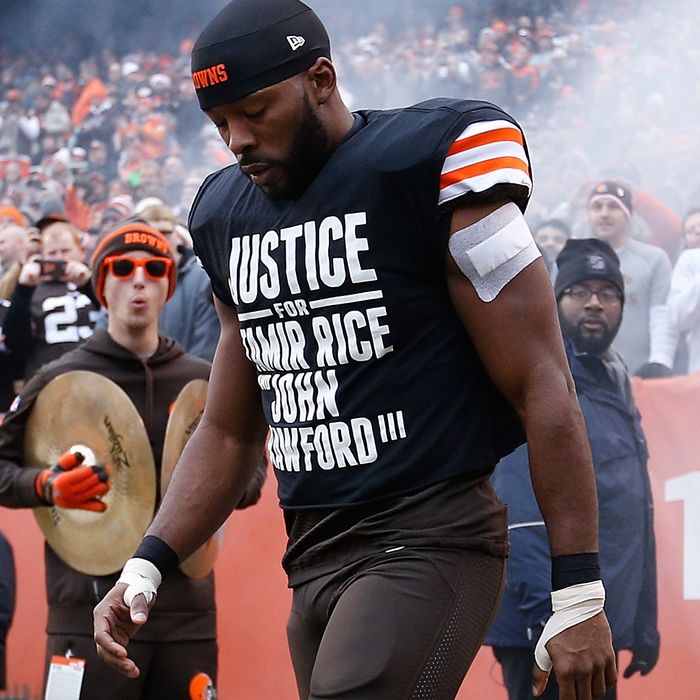
Andrew Hawkins wore a shirt emblazoned with the names of men killed by police
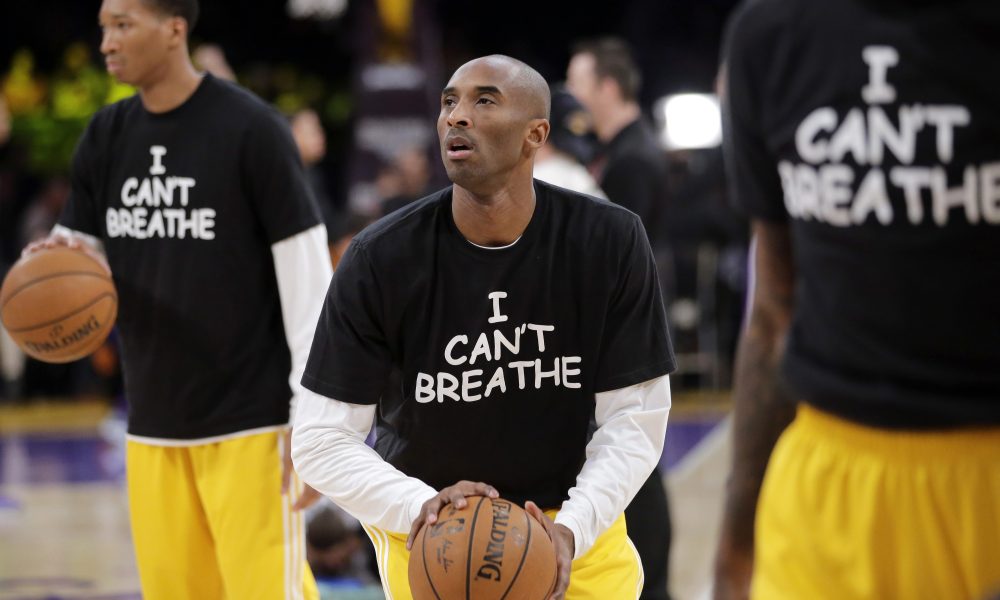
LA Lakers players wore shirts echoing George Floyd’s last words in support of Black Lives Matter
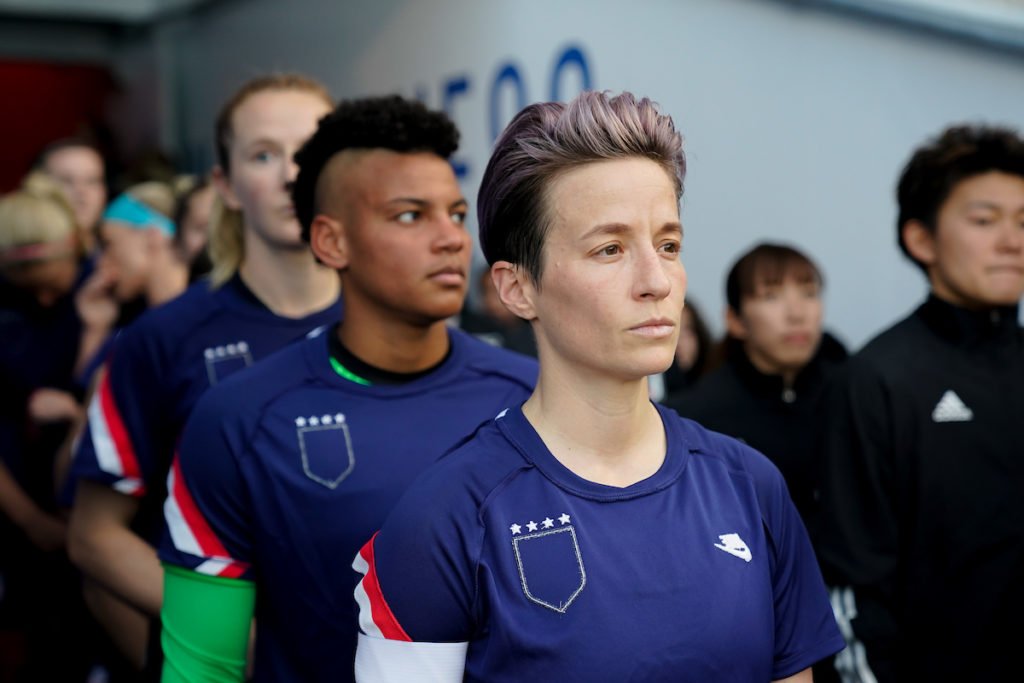
US Women Soccer players wore inside out jerseys to protest pay gap
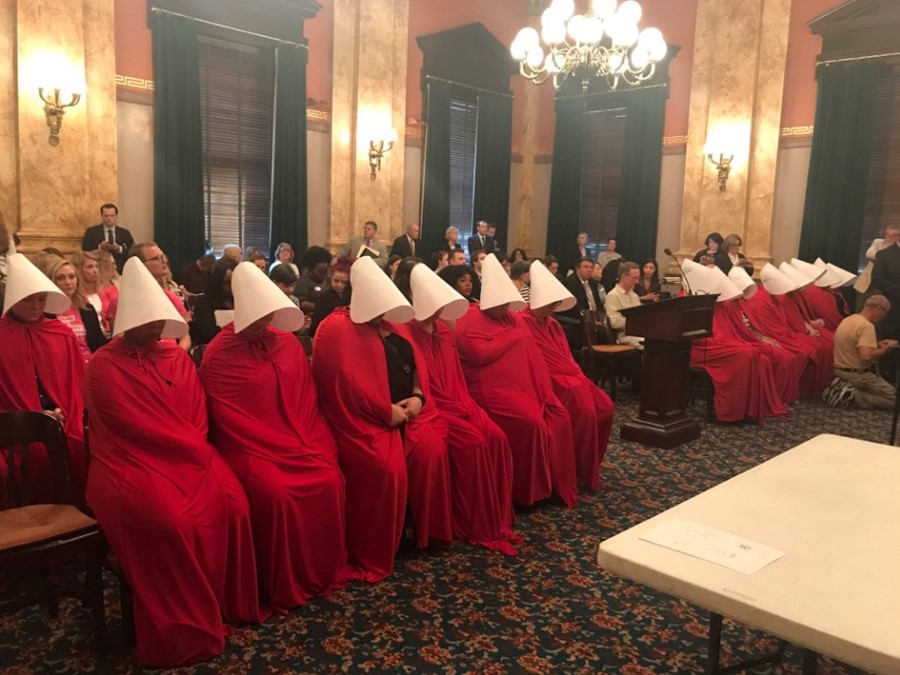
Women dressed like Handmaid’s Tale to protest anti-abortion laws
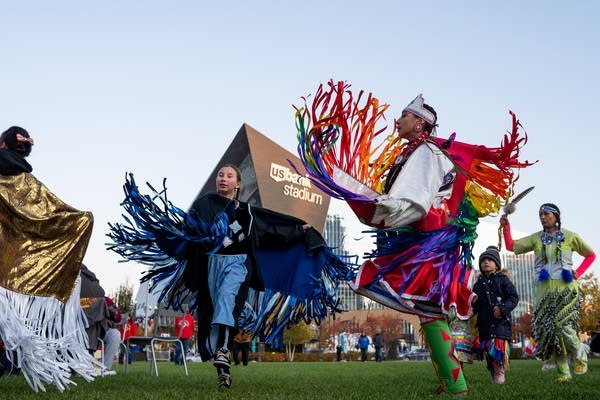
Indigenous dress to protest racist team names like Redskins
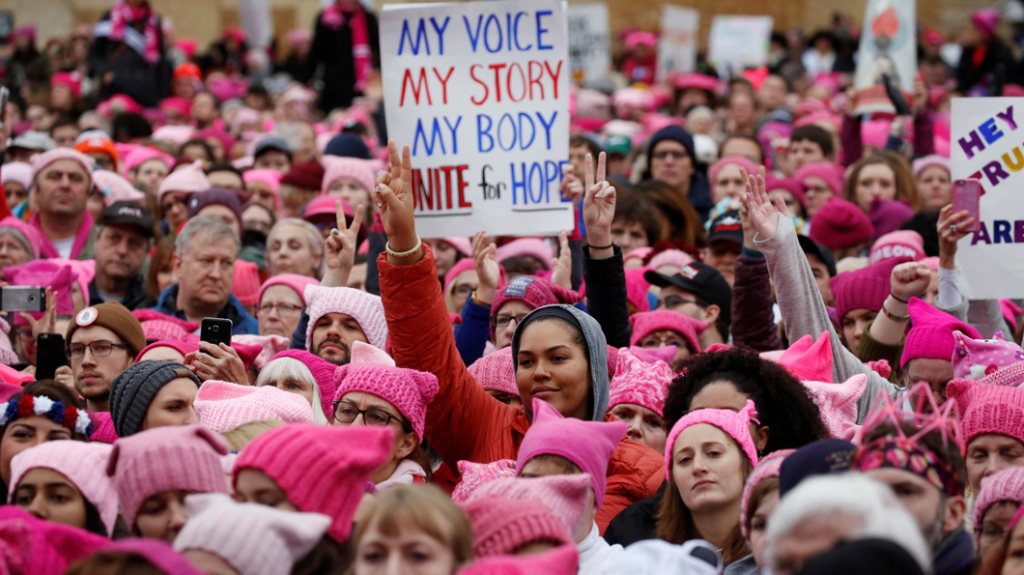
The 2016 Women’s March on Washington featured thousands of women wearing pink hats in protest of Donald Trump.
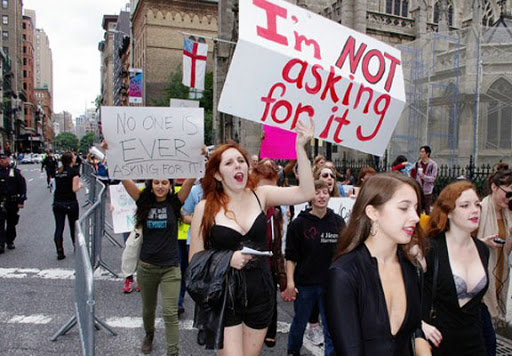
Slutwalk to protest victim blaming
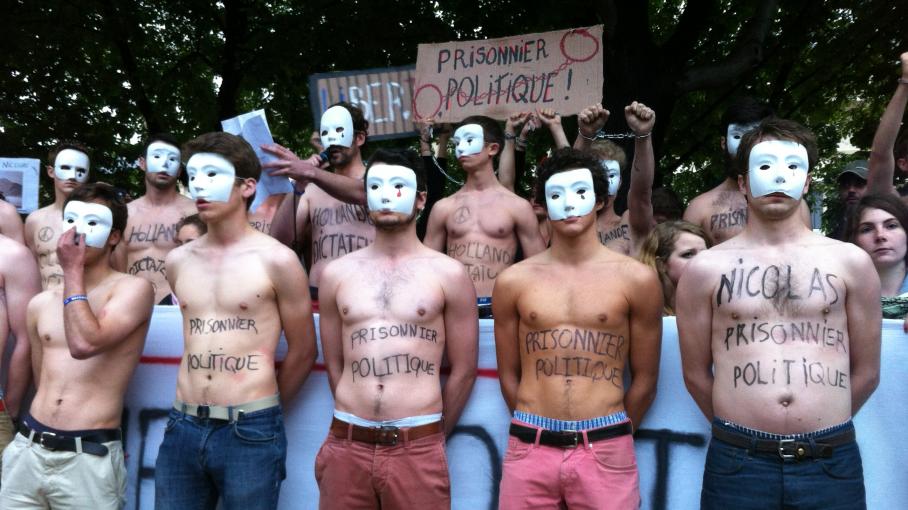
French men protest gay marriage by being… naked
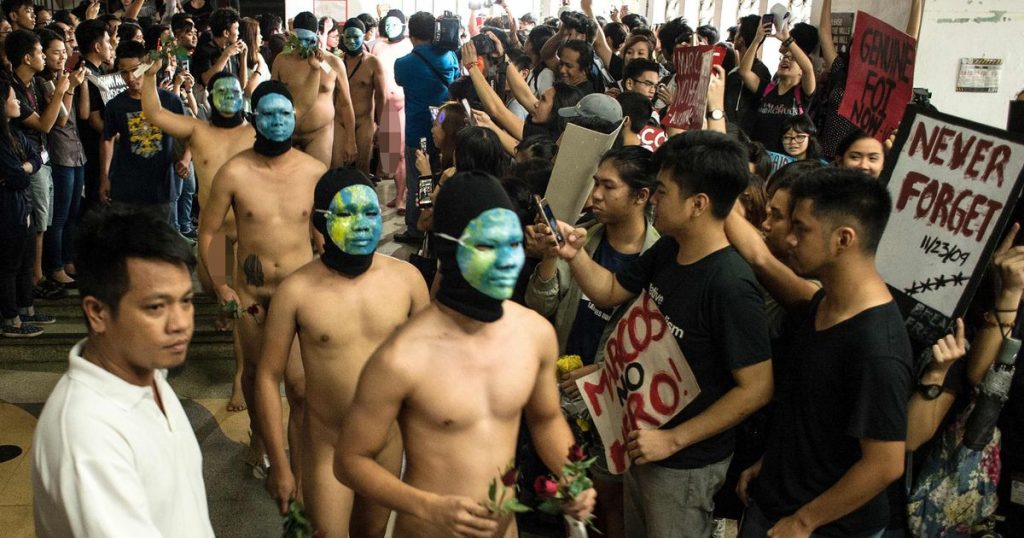
Philipino naked protestors against Ferdinand Marcosa buried in hero cemetary
- Strike, slow down, sick-outs to protest work issues: often follows a failure of negotiations.
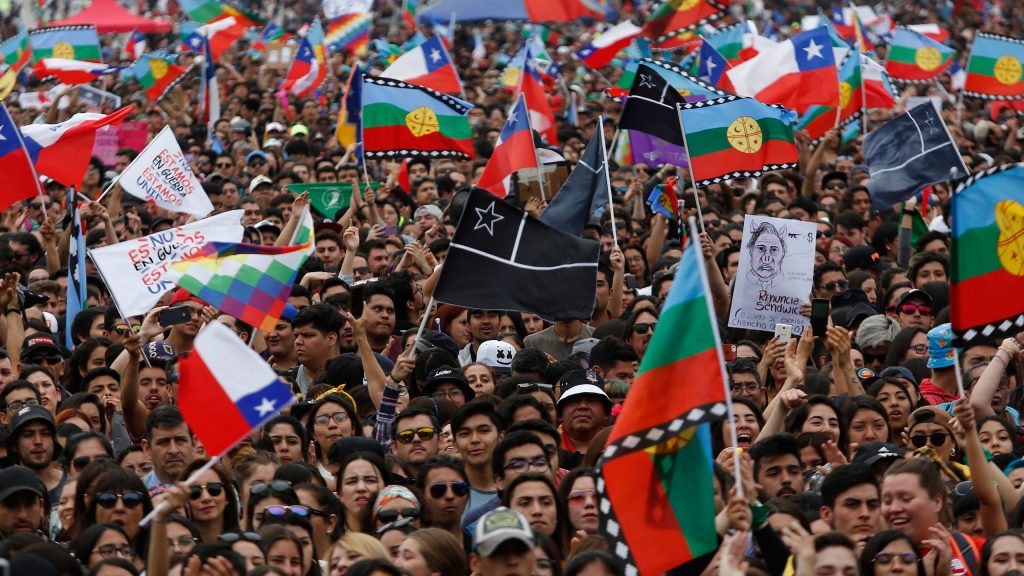
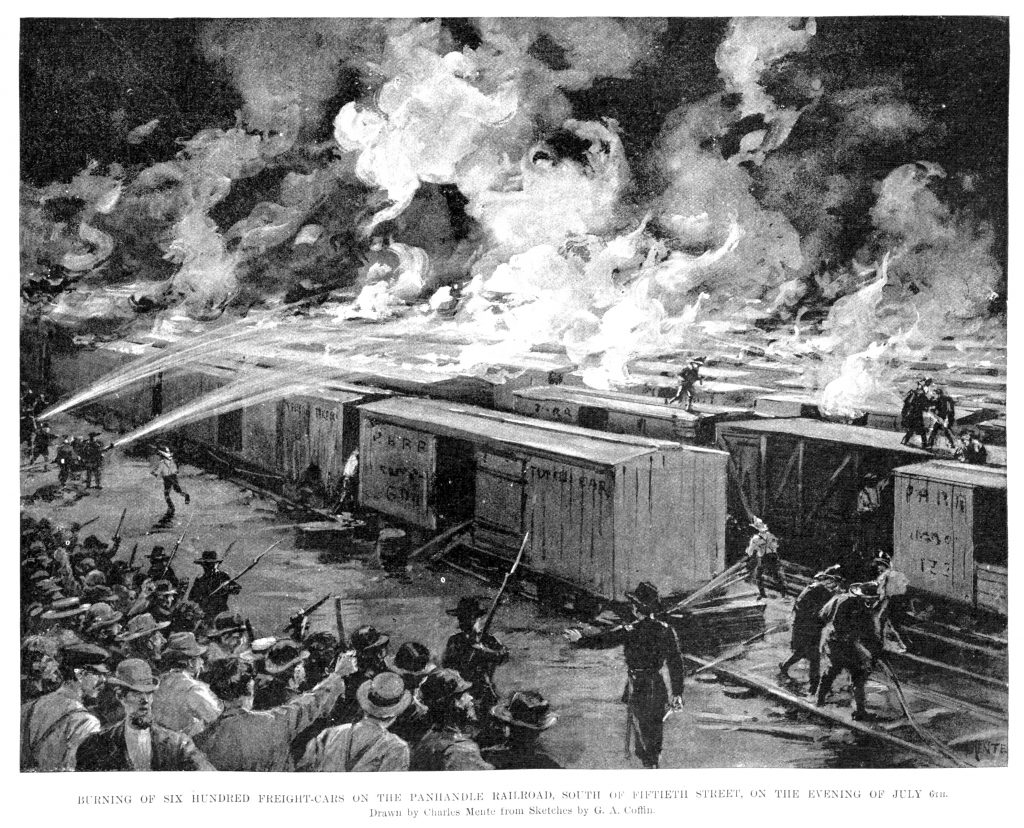
Pullman car operators on strike in 1894 clashed with union-busters
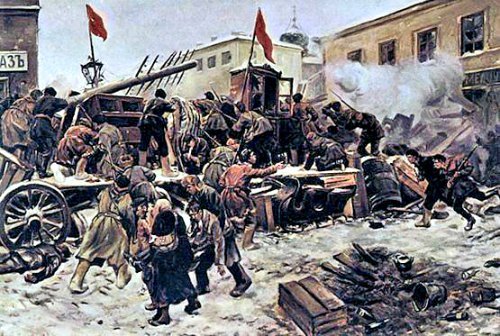
Factory workers in St. Petersburg, Russia went on strike in 1905, but the Nicholas II sent in the military to break it up.
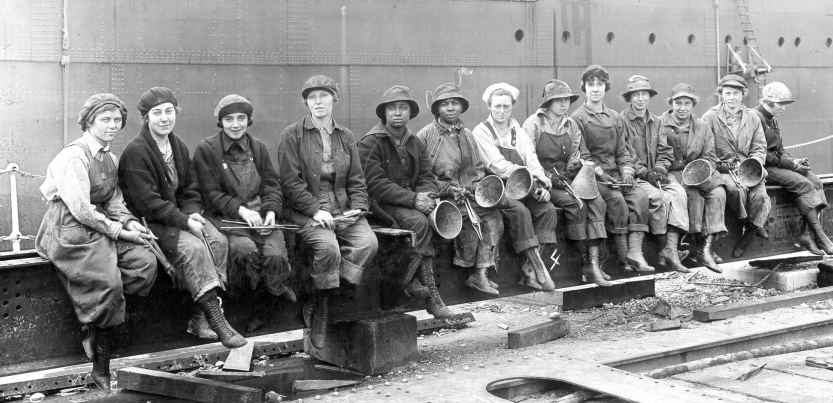
Shipyard workers in 1942 staged a sit-down protest to call for wage increases
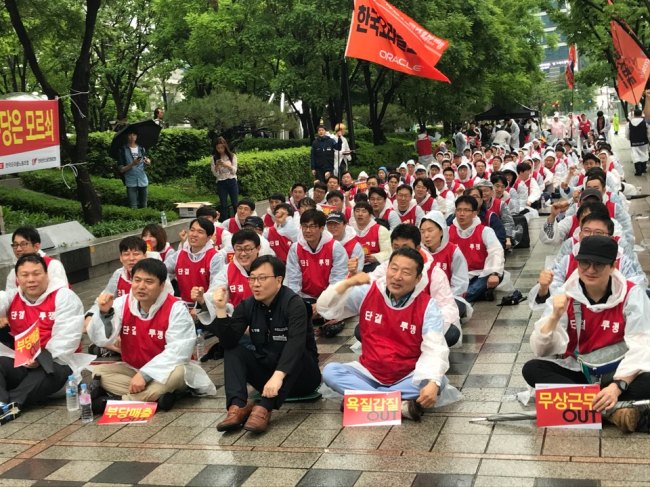
Workers at the Oracle Korea plant on strike
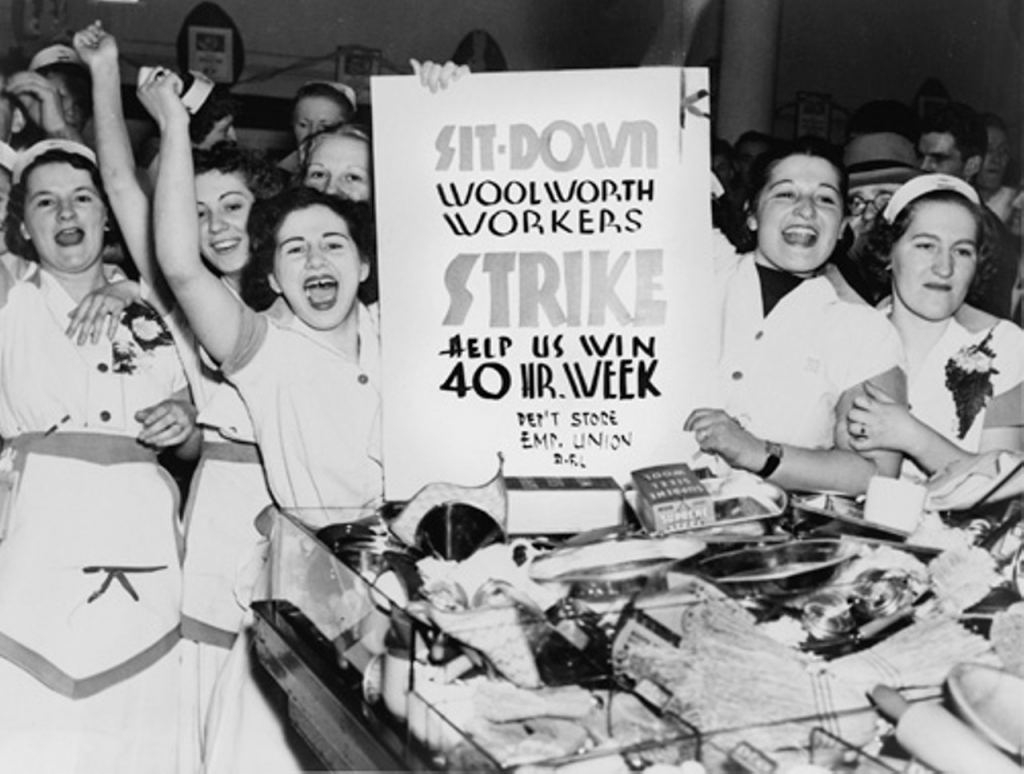
Employees at Woolworth staged a sit-down strike for a regular 40-hour workweek.
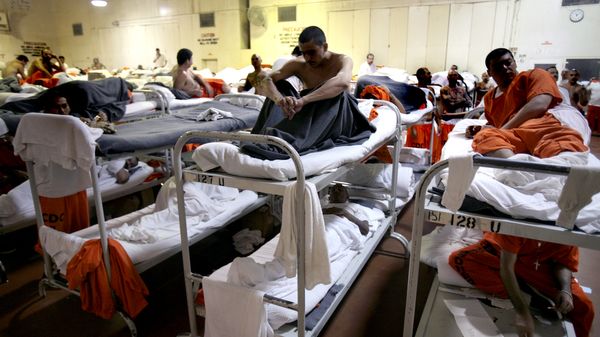
Inmates in US prisons went on a hunger strike and refused to work in 2016 and 2018 to call for better conditions and voting rights.
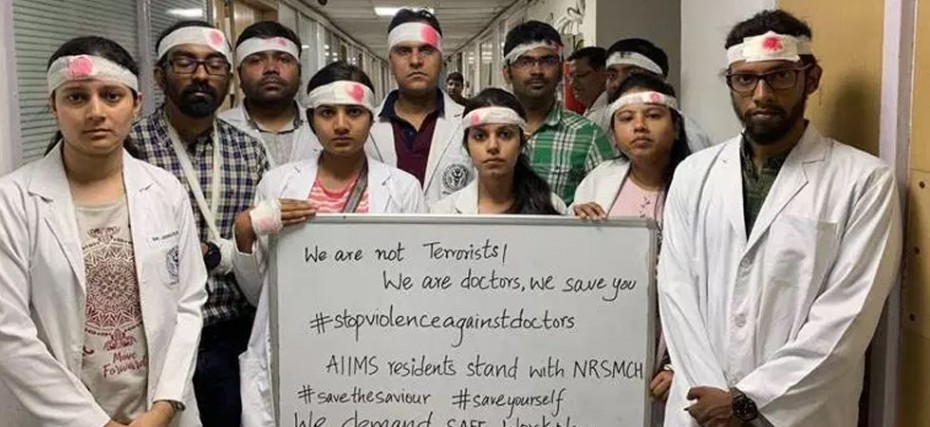
AIIMS- doctors protest racism being treated like terrorists by going on strike for one day
- Boycott: Organized refusal to buy or use a product or service in protest of the owners, the vendors, the production, or another aspect that is in need of changing.
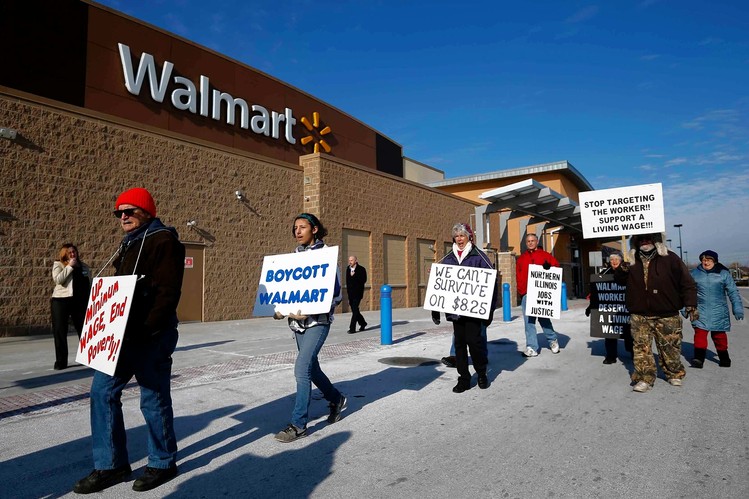

Employees at a stocking factory opposing a boycott of Japanese goods, including silk
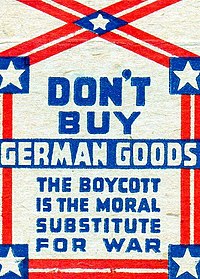
American consumers were told to fight Nazis with their wallets during World War II
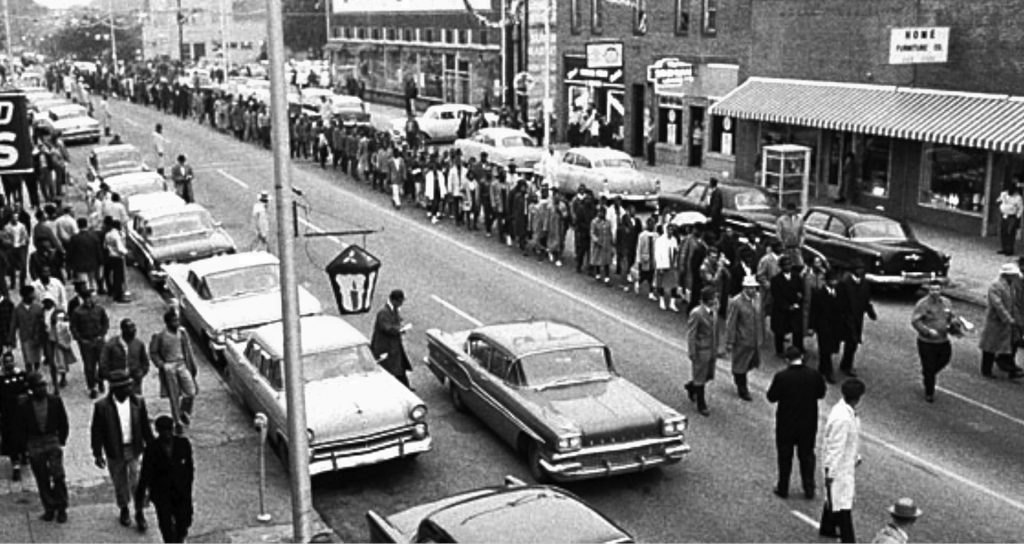
After Rosa Parks’s arrest in 1955, the Montgopmery Bus Boycott led to thousands of people walking and bicycling to work in protest of bus segregation.
- Picket: hold signs, placards, or banners and walking around circles, with or without singing, chanting etc., point is to impede access to a place or to address the people going into that place, there are legal lengths now to how long a picketer is allowed to physically impede someone trying to cross the line

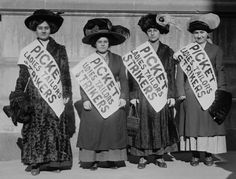
Women working in clothing factories went on strike for safer working conditions and better wages following the deadly fire at the Triangle Shirtwaist Factory.
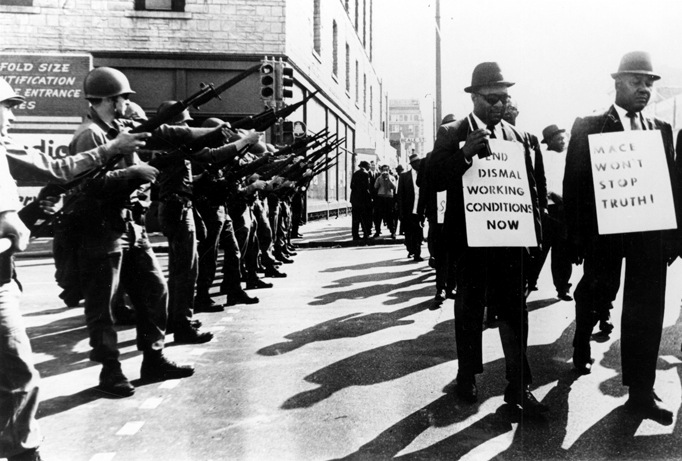
Sanitation workers on strike picketing to protest segregation during the Civil Rights Movement.
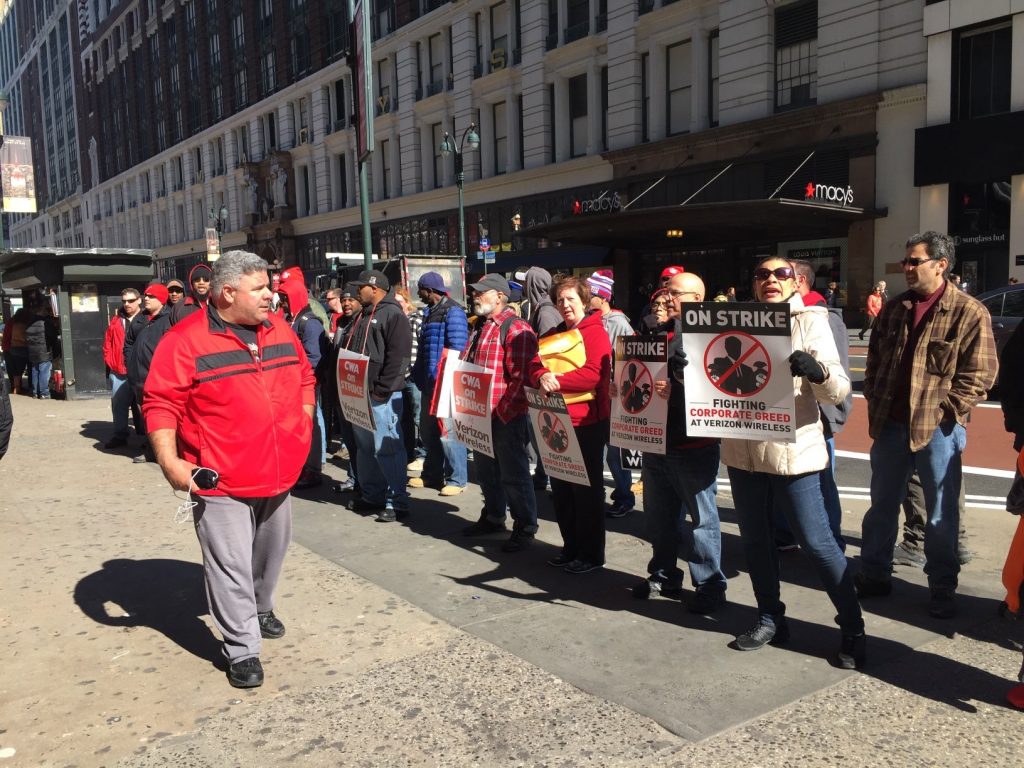
Verizon employees on strike form a picket line.
- Civil Disobedience: Deliberately breaking laws (often seen as unjust) is a way to protest their enforcement. The laws broken are typically not violent ones (such as those against murder or driving drunk) and are usually broken with the deliberate intention of being arrested, possibly causing a scene and raising attention while being arrested.
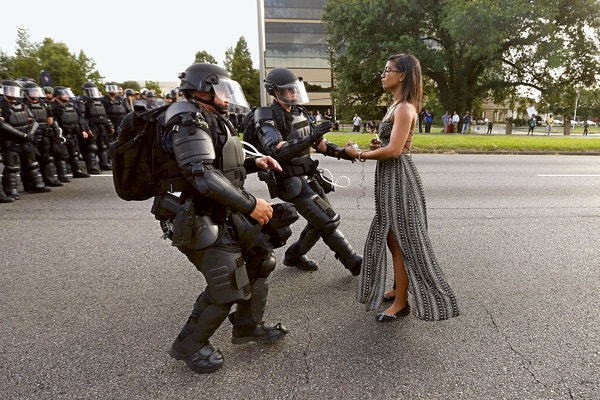
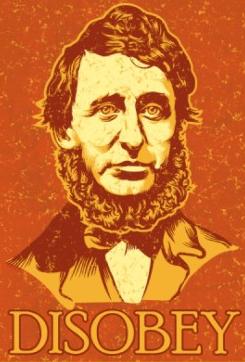
Henry David Thoreau went to jail rather than pay taxes going to support the Mexican American War.
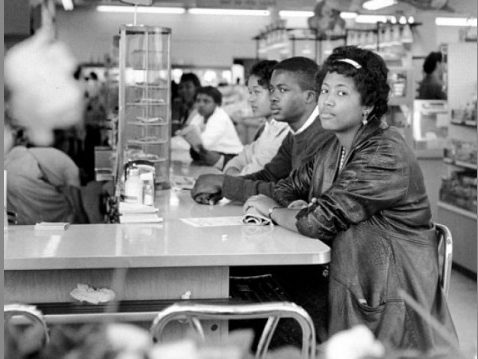
Students sat at the lunch counters in defiance of segregated Whites-Only rules.
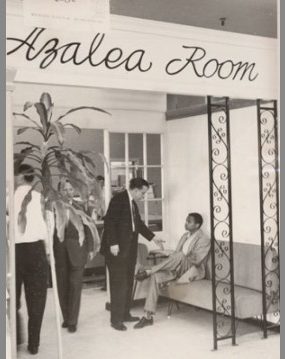
Civil Rights protesters deliberately entered spaces marked for segregation, such as the Azalea Room.
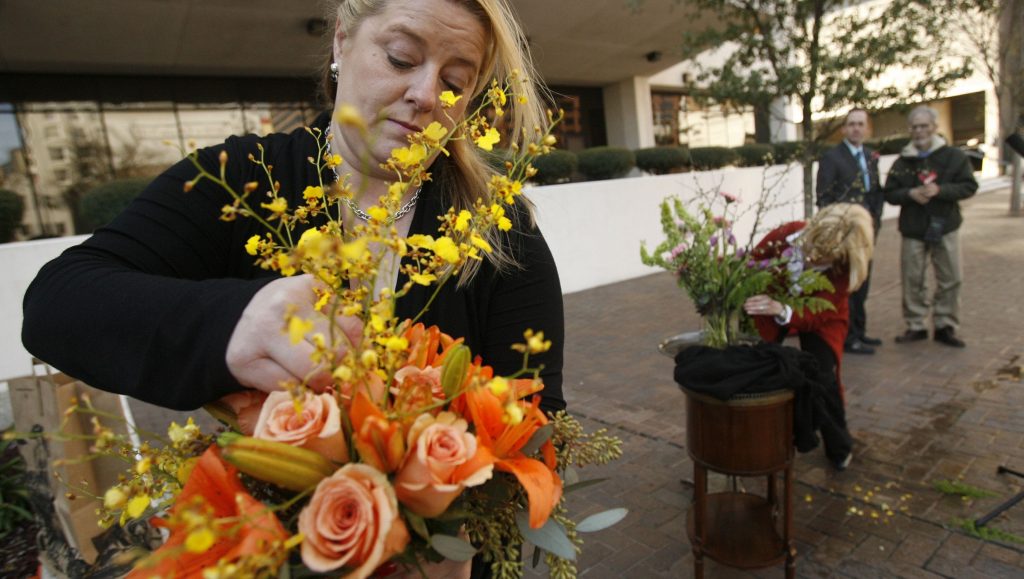
Flower arranging without a license in front of Louisiana courthouse
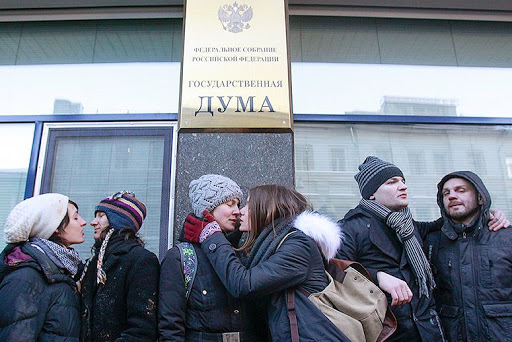
Protesters kissing outside the DUMA in Moscow to push back against new laws against public shows of affection in same-sex couples
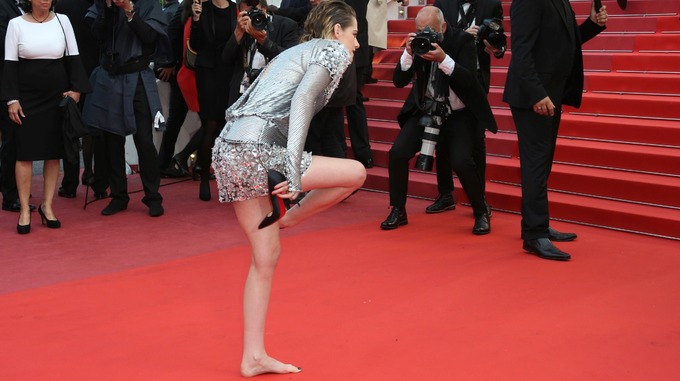
Kristen Stewart was disgusted by a dress code requiring women to wear high heels at Cannes Film Festival, so she took off her shoes and went barefoot.
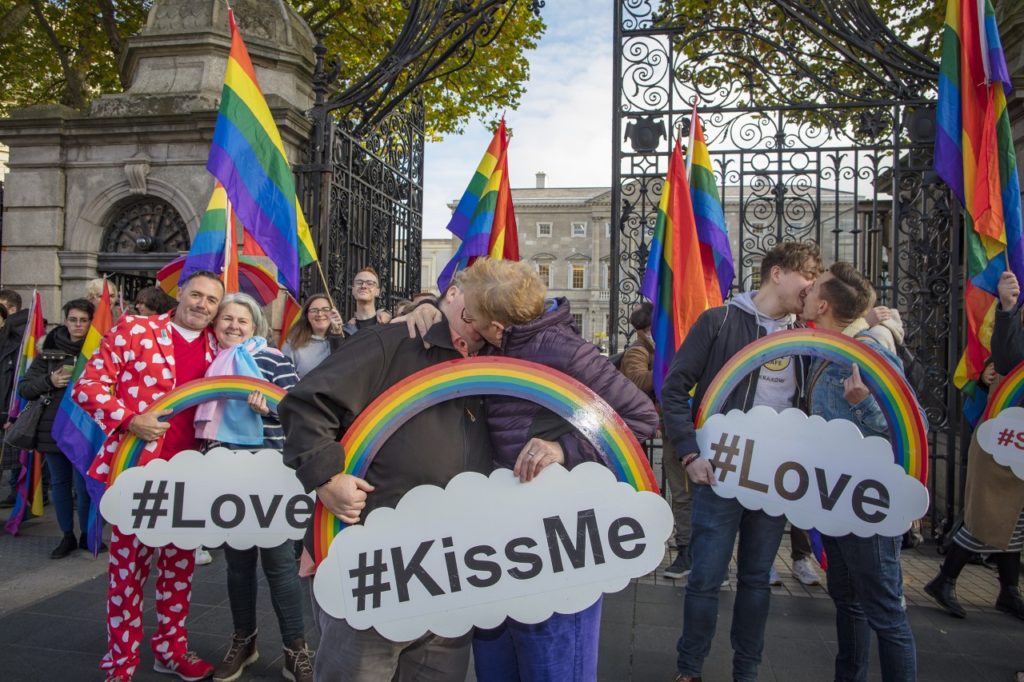
Irish protesters kissing outside DAIL in support of gay marriage
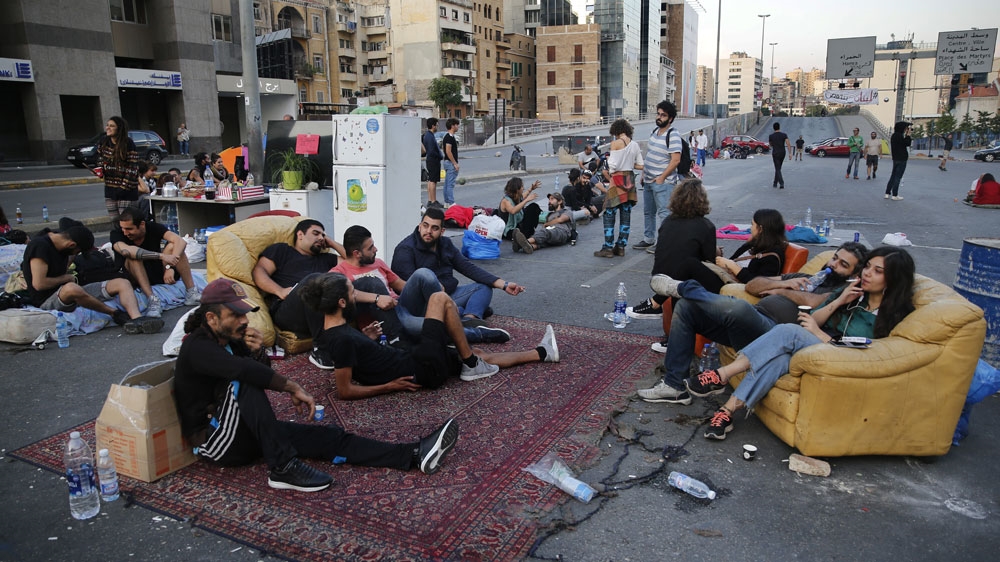
Lebanese protesters for government reforms used multiple means to block roads, including burning tires, practicing yoga in intersections, and setting up living space in the middle of highways.
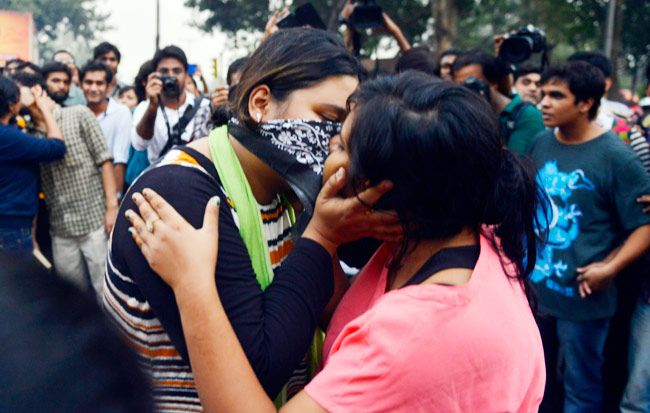
The Kiss of Love Campaign in India is a protest against moral policing forbidding public affection.
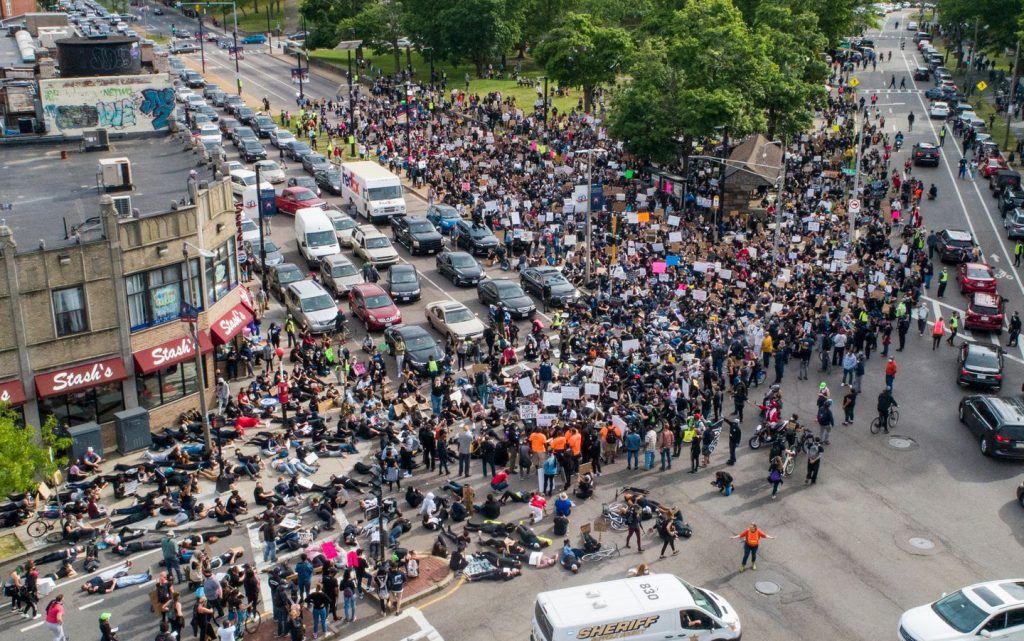
Protesters blocked traffic to the courthouse in Kansas during a Black Lives Matter rally.
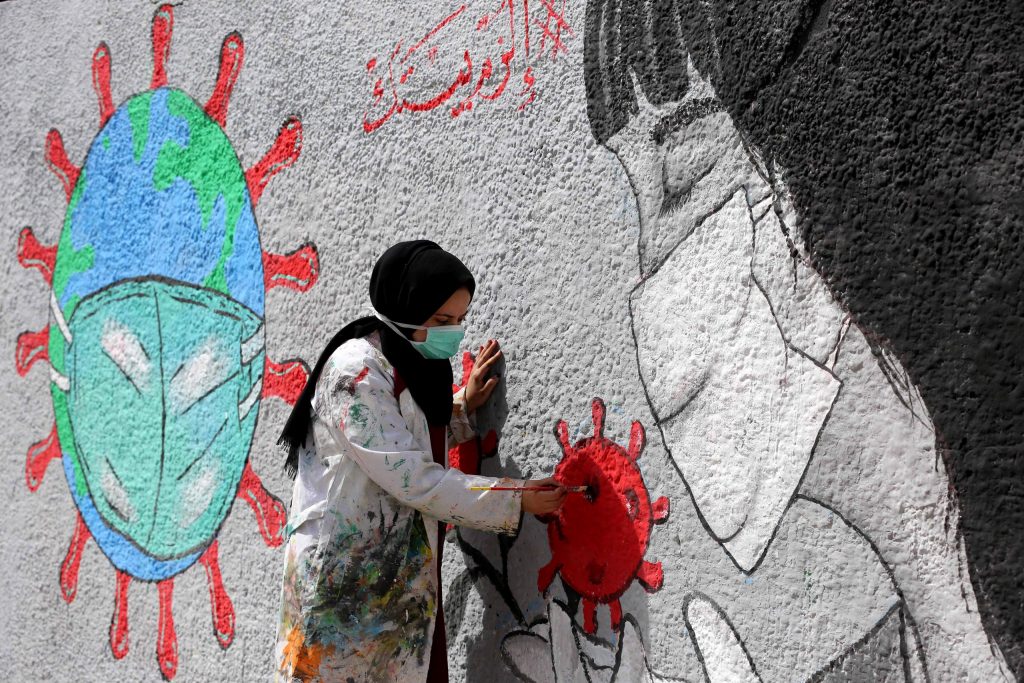
Graffiti artists are illegal in most areas, but protesters like this woman send messages of solidarity with suffering and demanding government action.
- Sabotage, property destruction, assasination, riot, mob
Bottom Line for Writers: Someone will always want change, and almost any method they choose to create it has some example in history.
